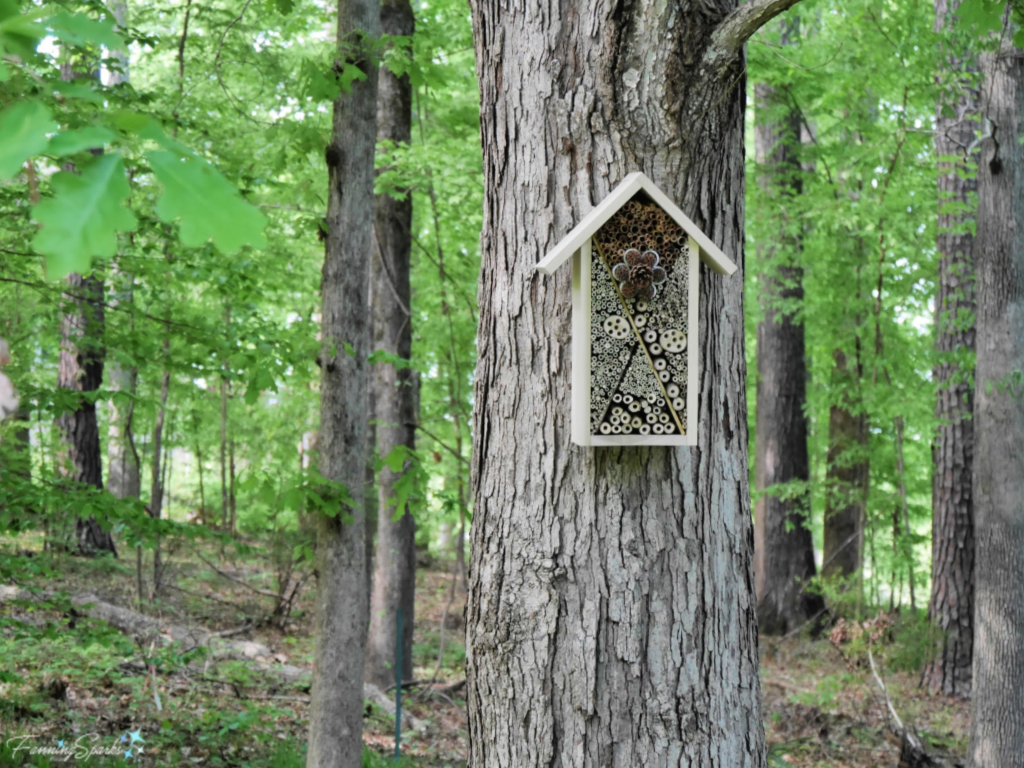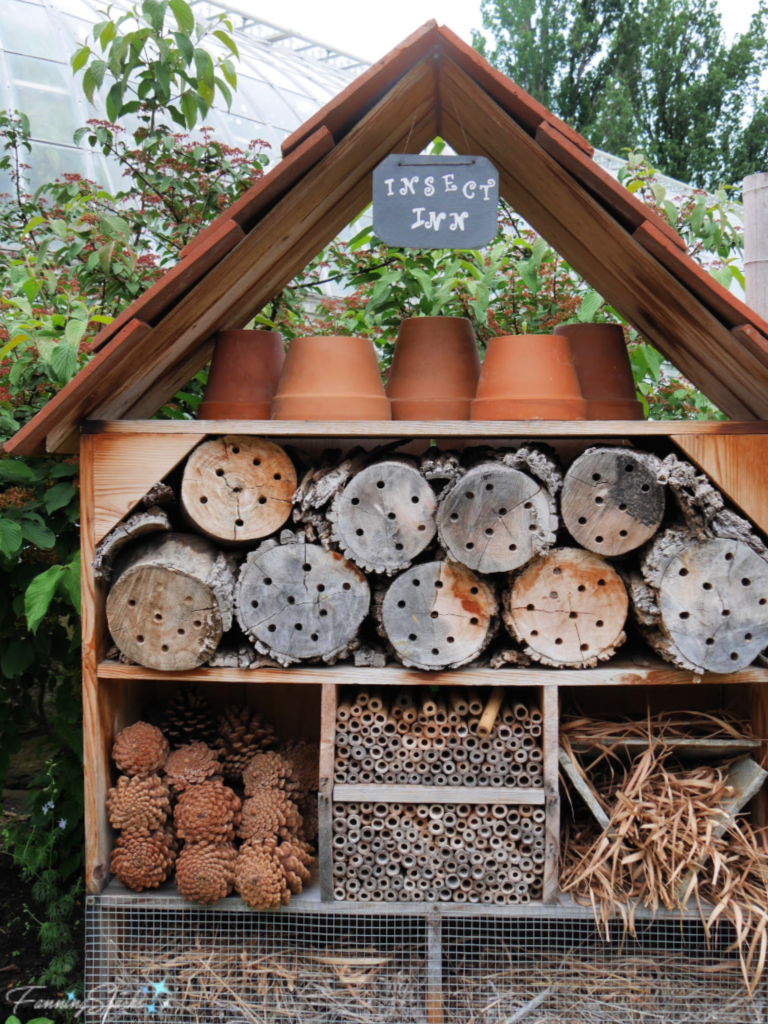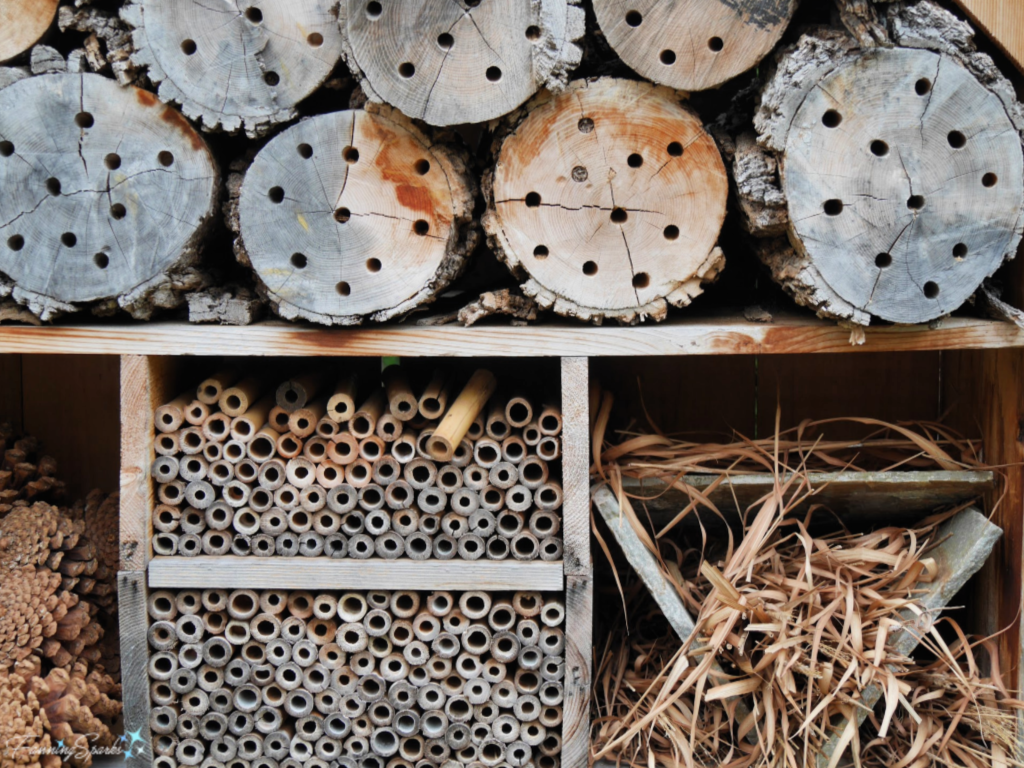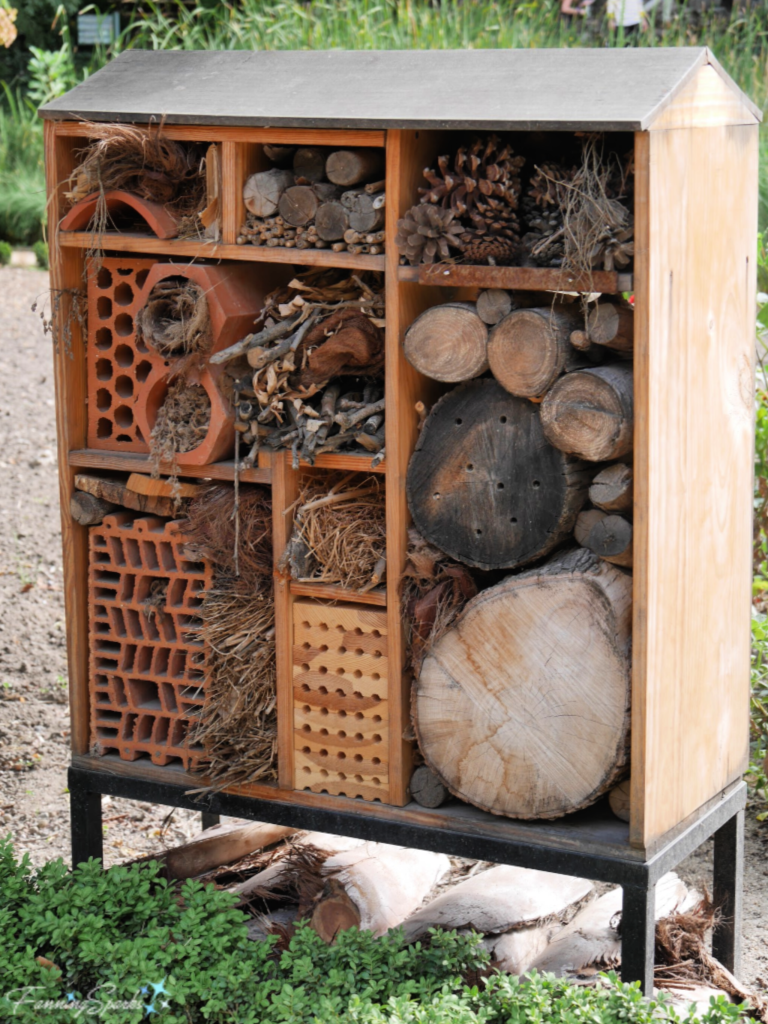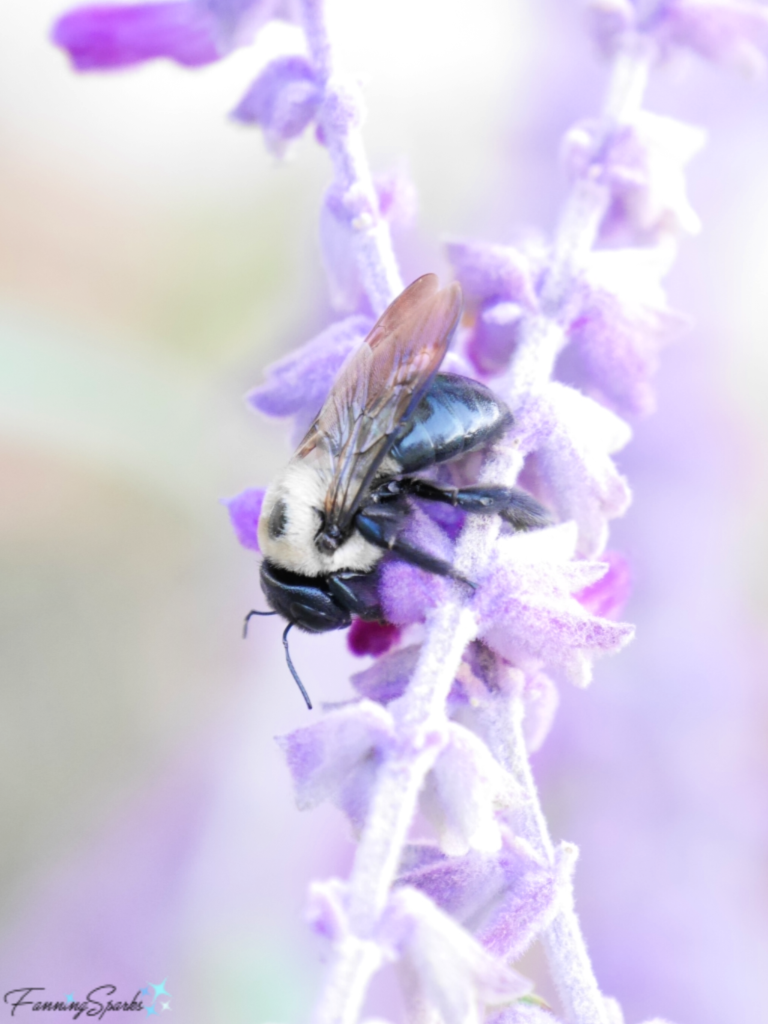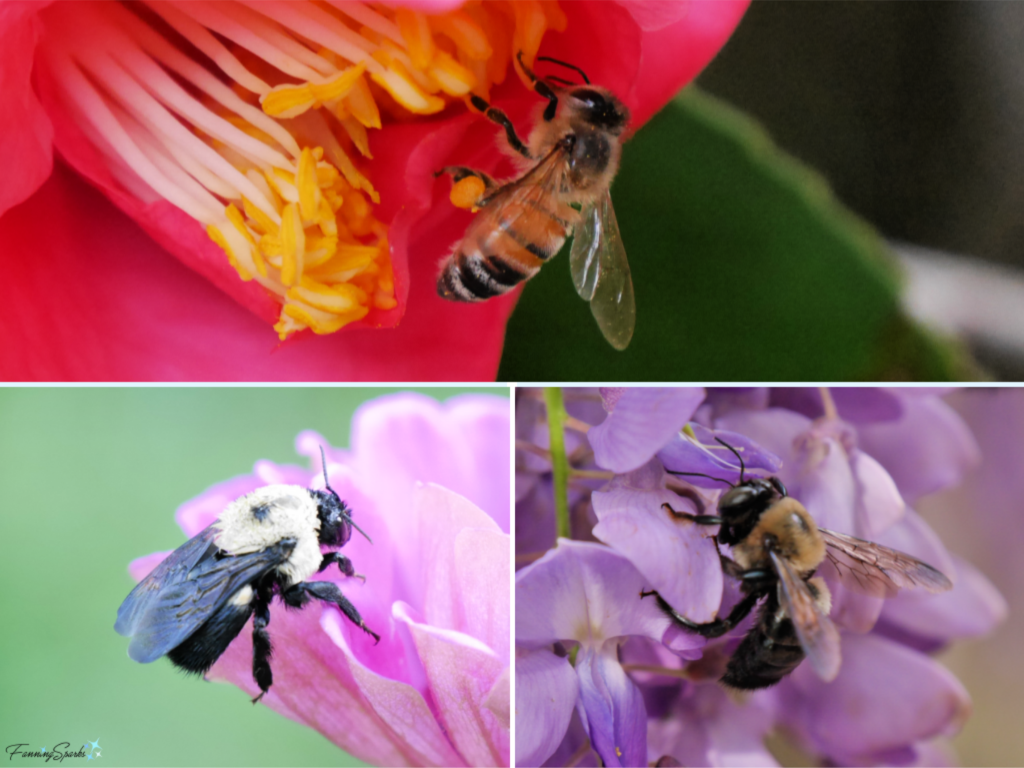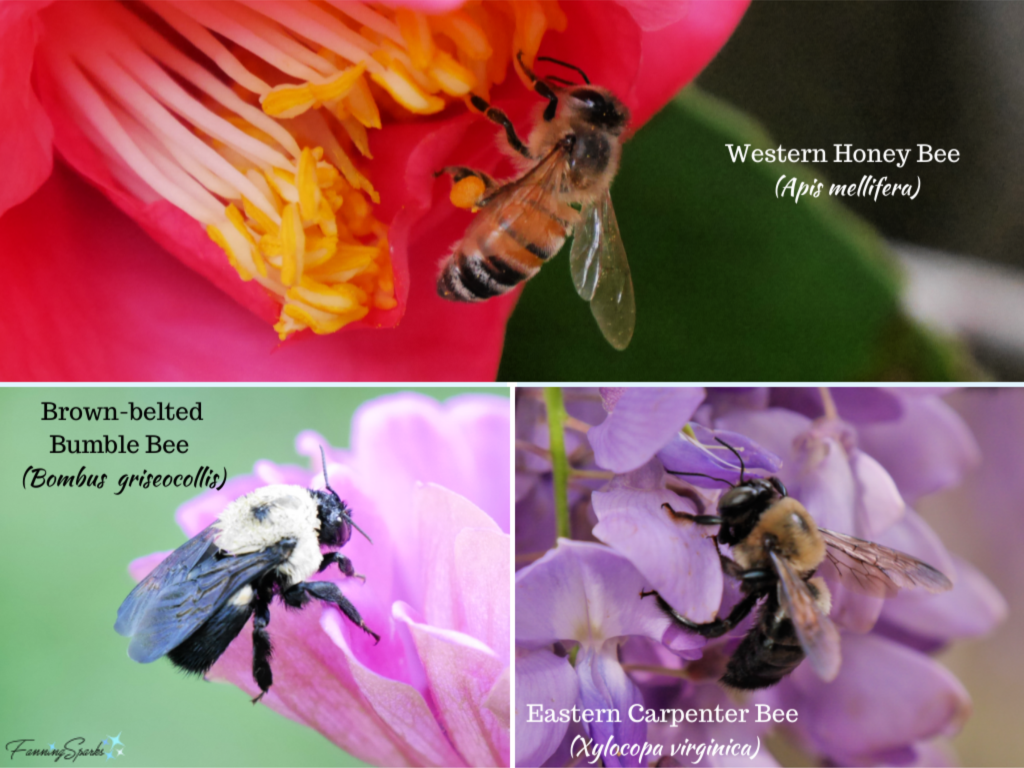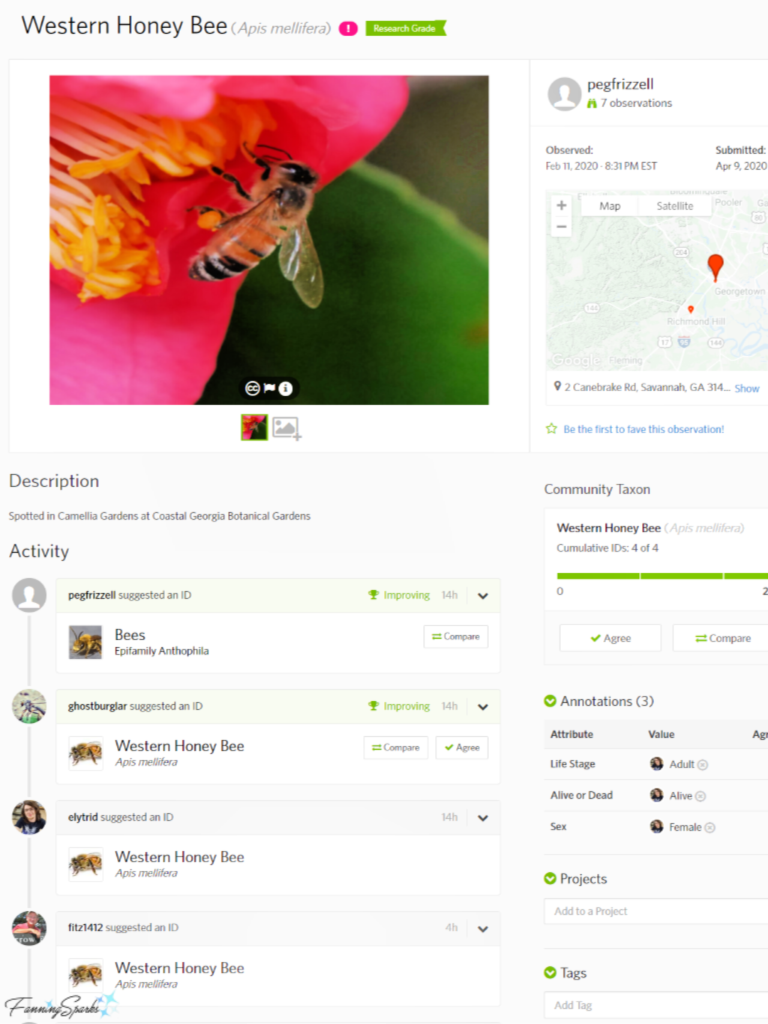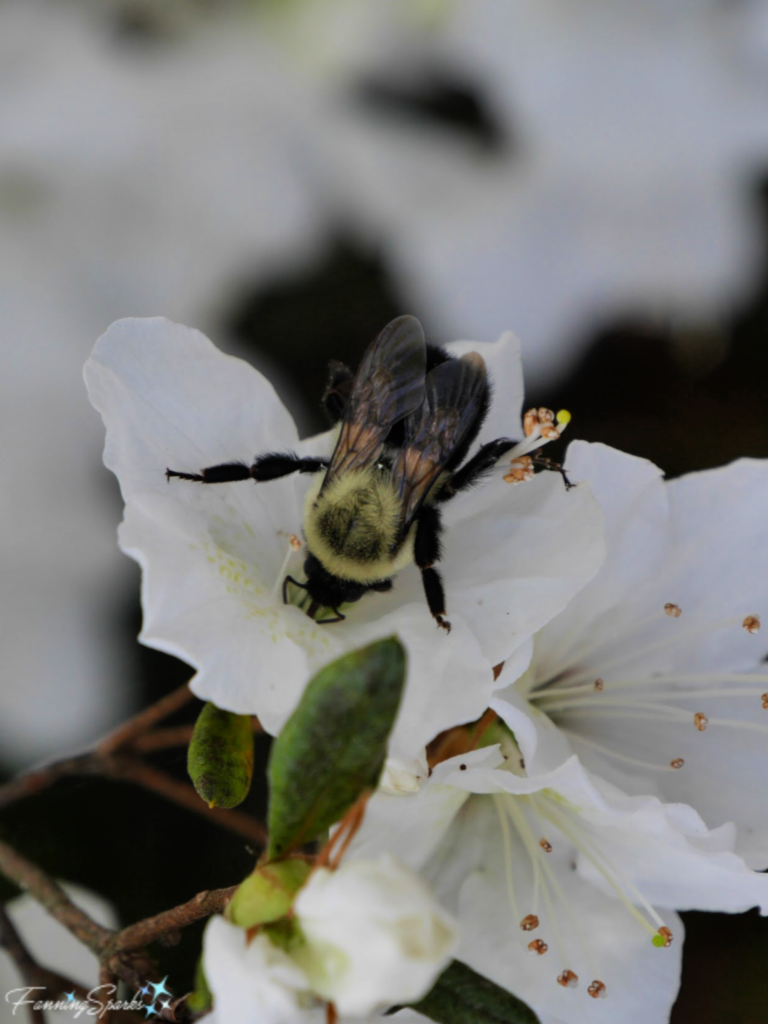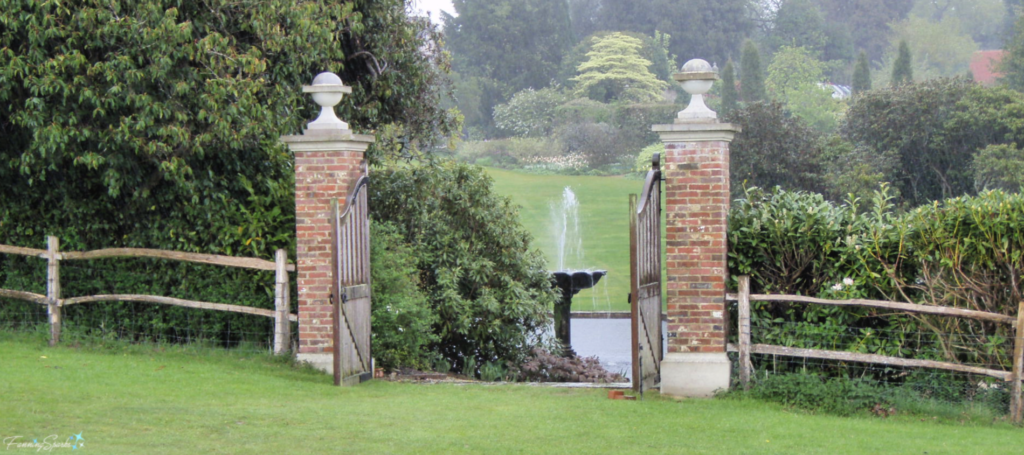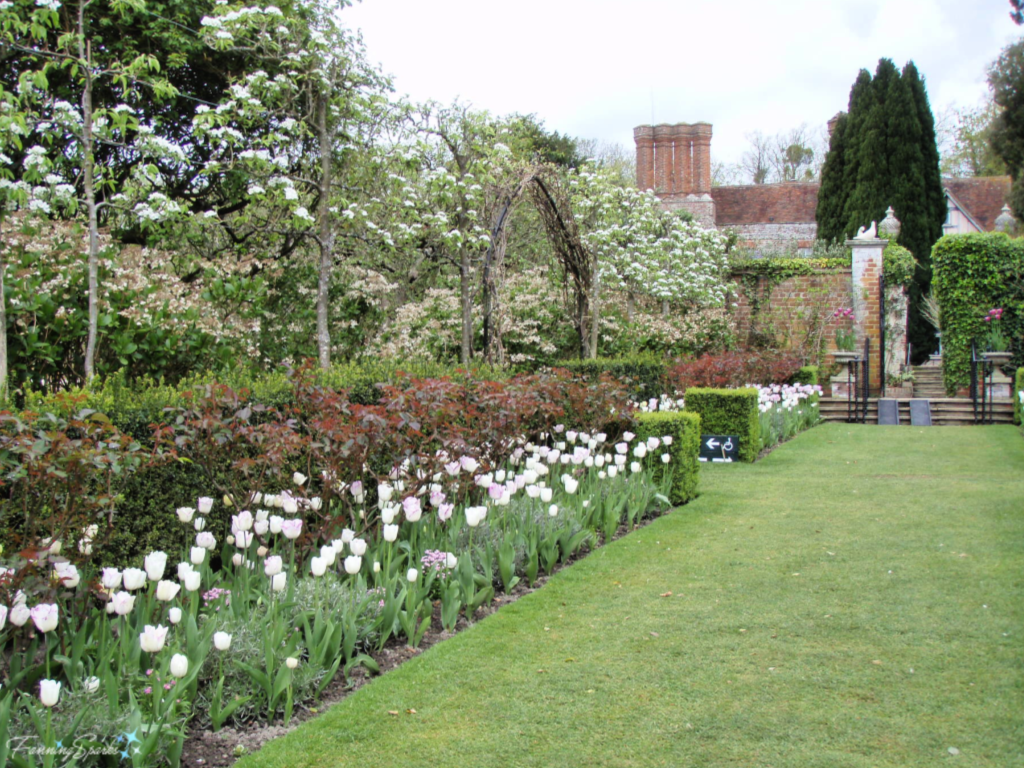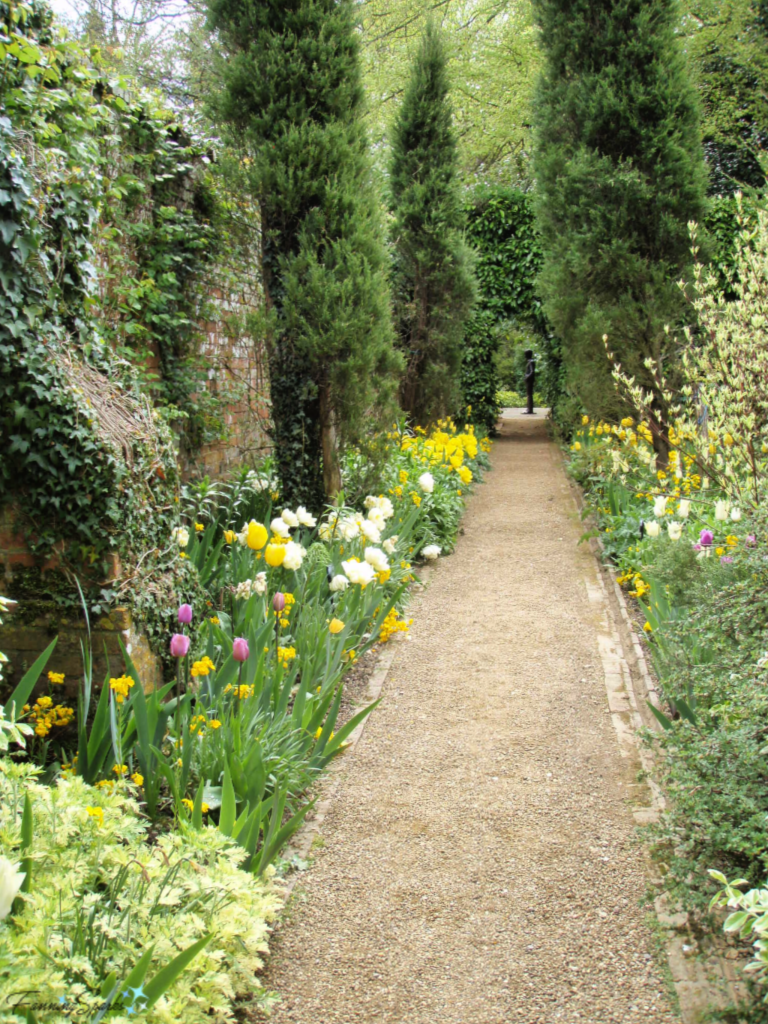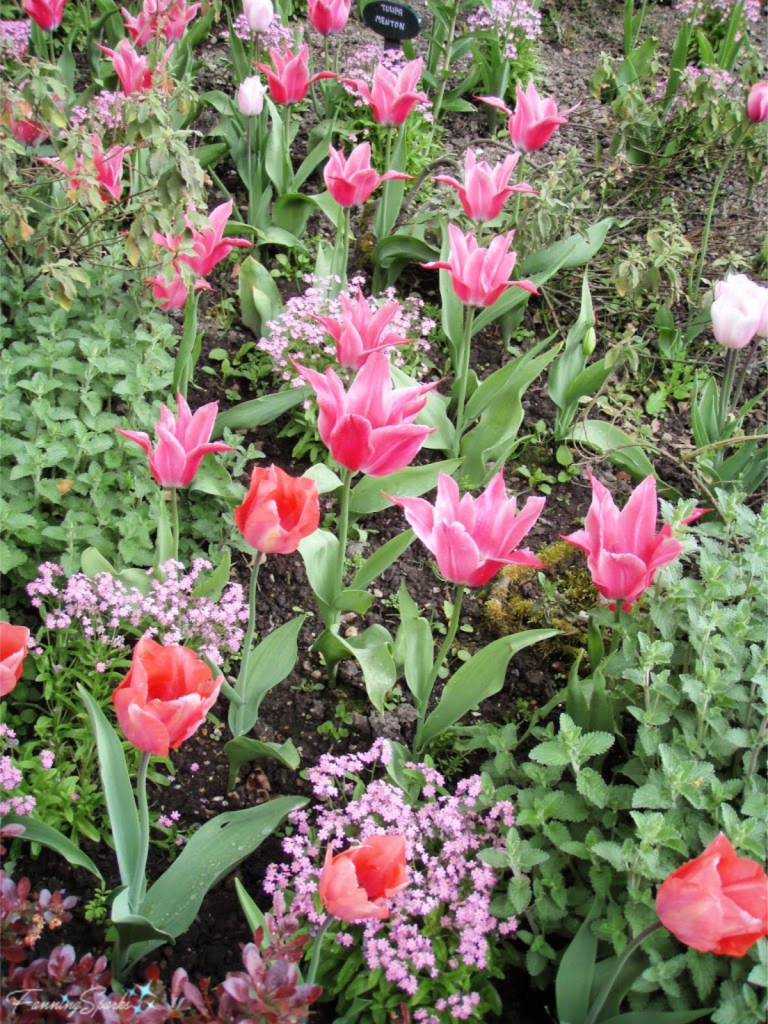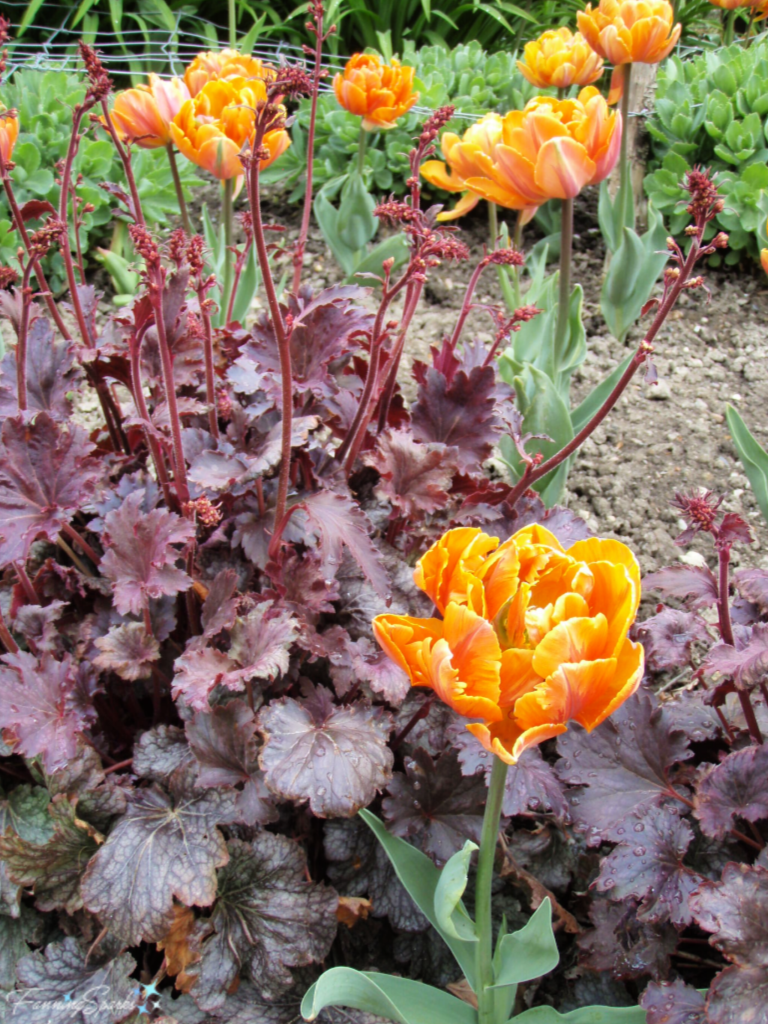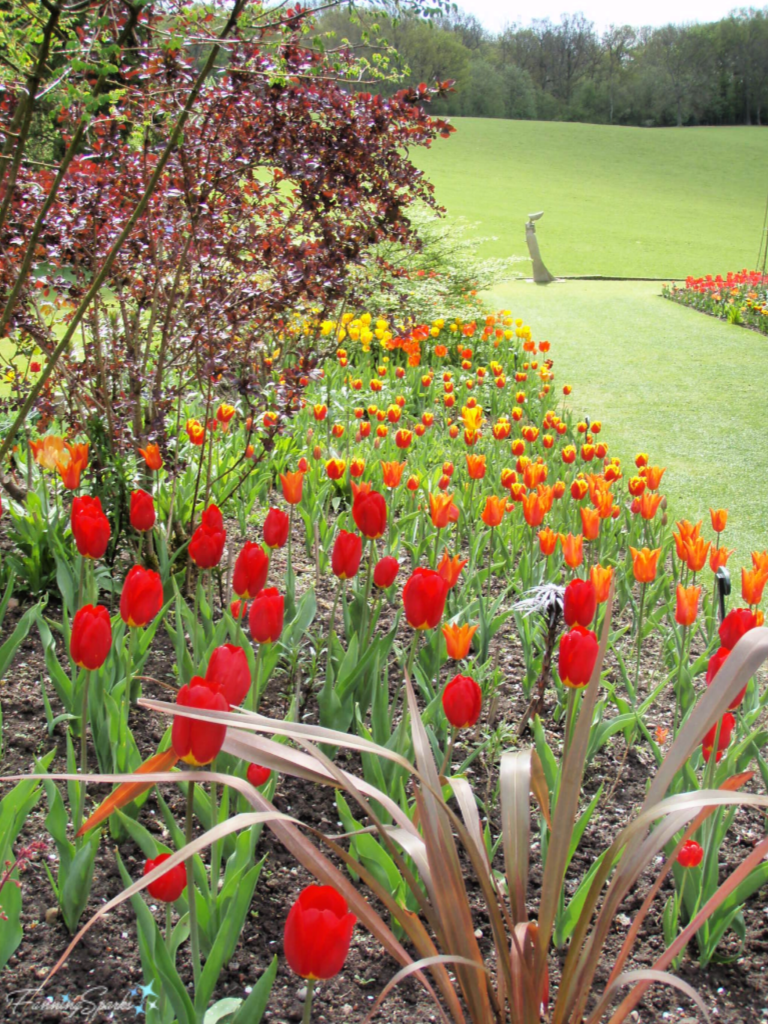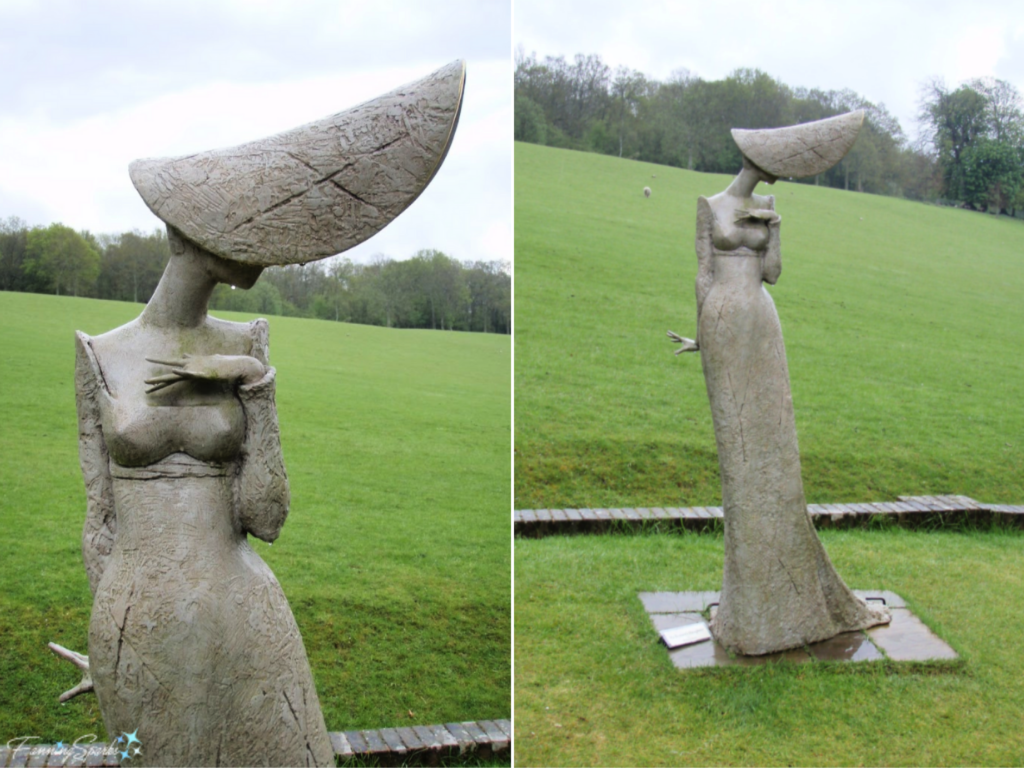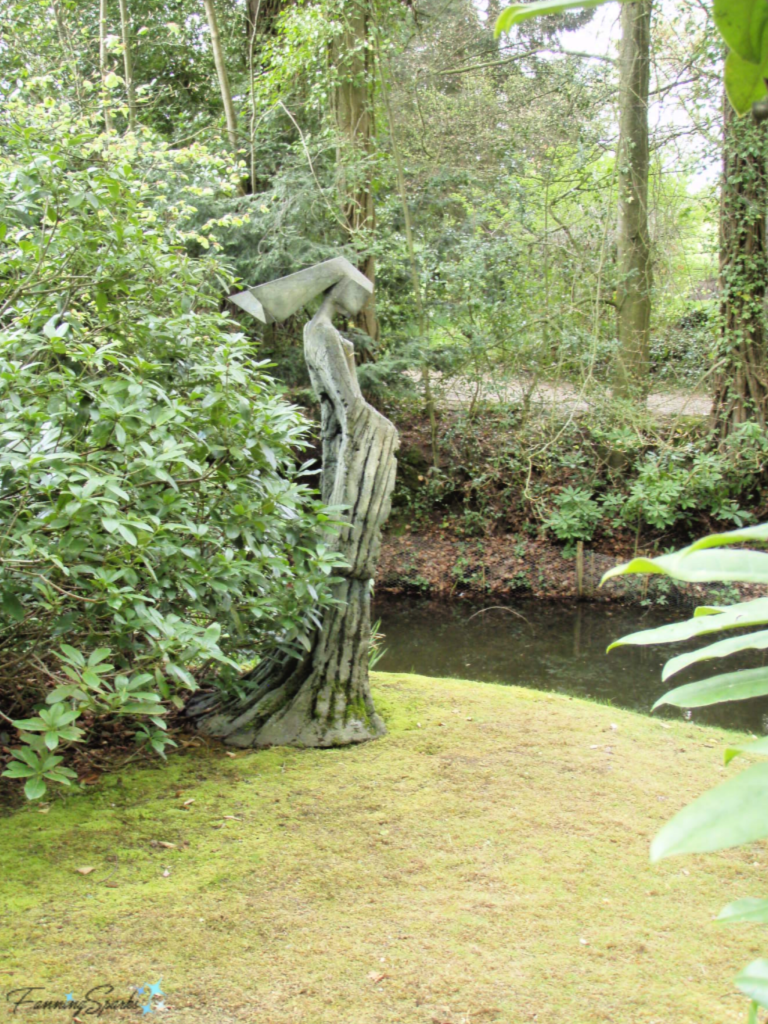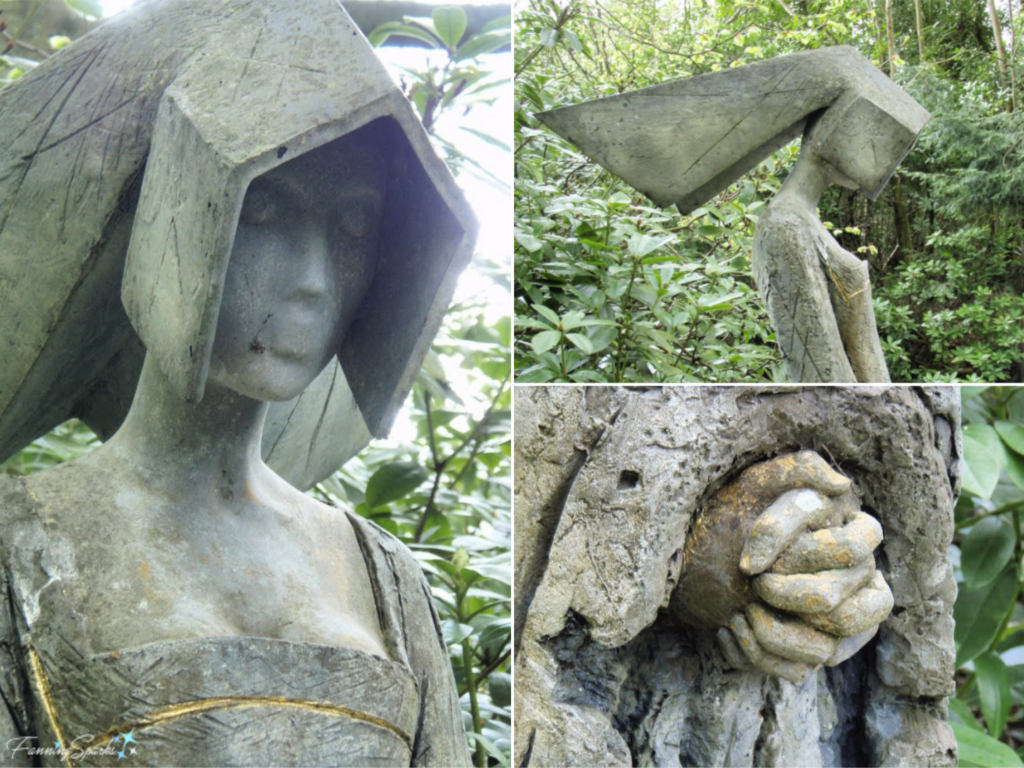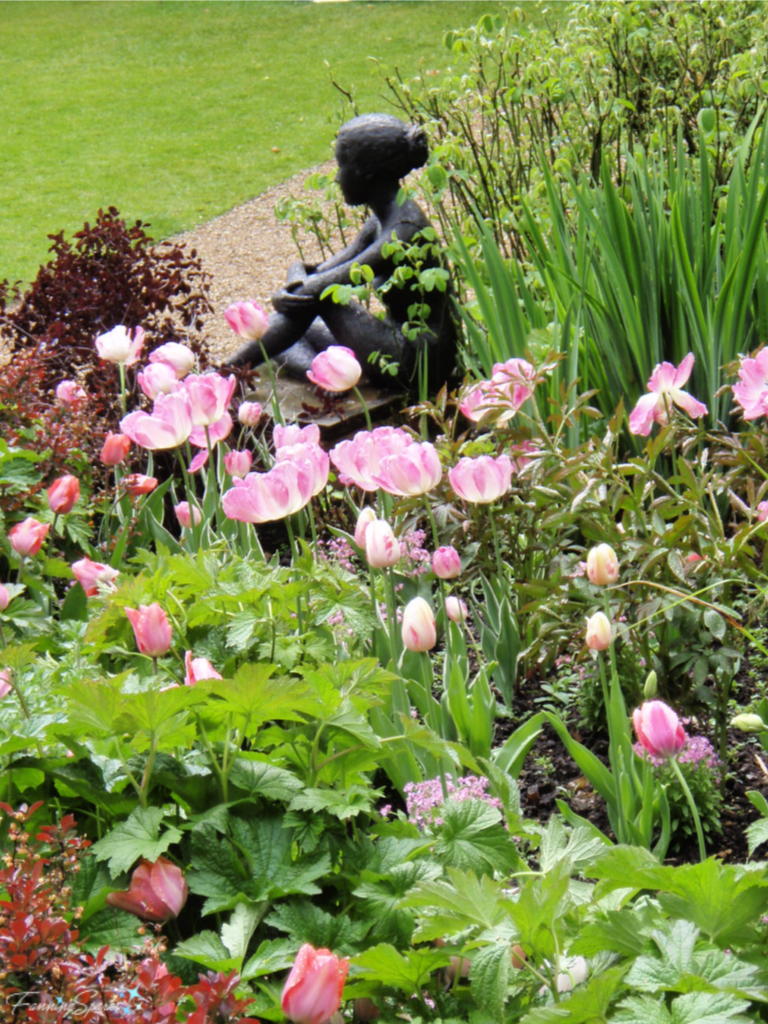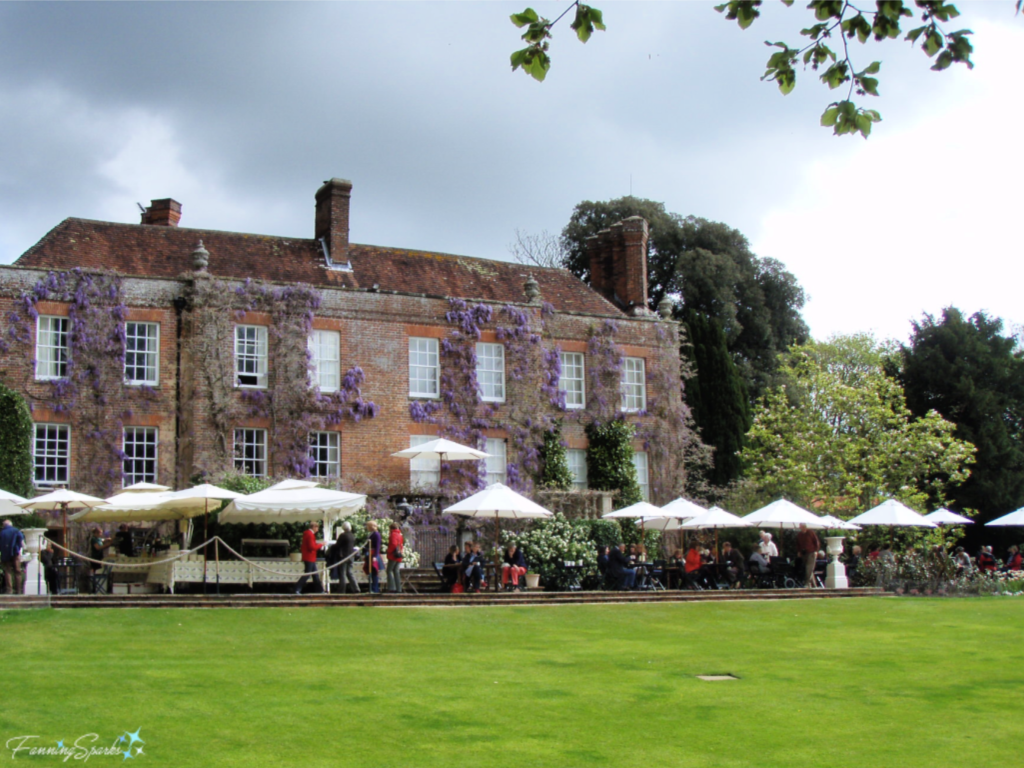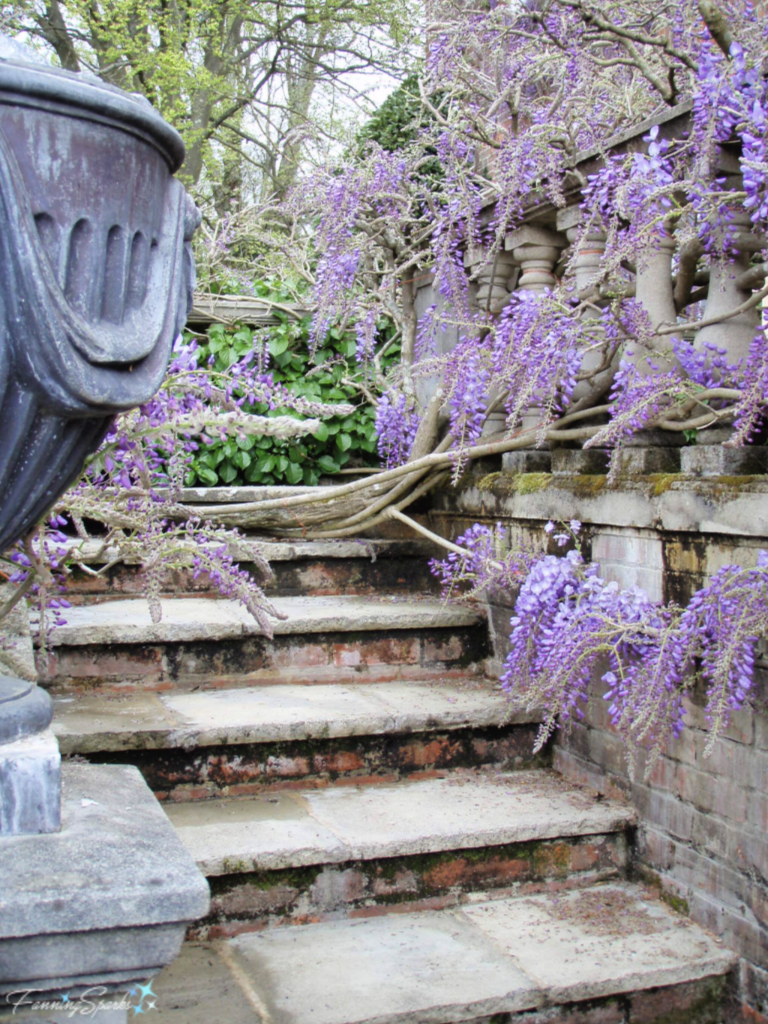Learning about the seven elements of design is an ongoing process. Lately I’ve been thinking about form. Just as I have with the other elements I studied previously—color, pattern and texture—I’m looking to Mother Nature for inspiration. The remaining three elements, by the way, are space, line and light.
Form is a 3-dimensional object in space. Form has volume defined through characteristics of length, width, and height. Shape, on the other hand, is flat and has only 2 dimensions. Form is commonly divided into two categories: geometric and organic. Geometric forms are precise and mathematical. They are easy to name and include common items such as spheres, cubes, pyramids, cones and cylinders. It’s helpful to compare these forms to their two-dimensional counterparts. For instance, a 3-dimensional sphere comes from a 2-dimensional circle. A cube comes from a square. A pyramid or cone comes from a triangle. Our built environments are packed with geometric forms. In the below photo, Porto Portugal is a beautiful collage of geometric forms.
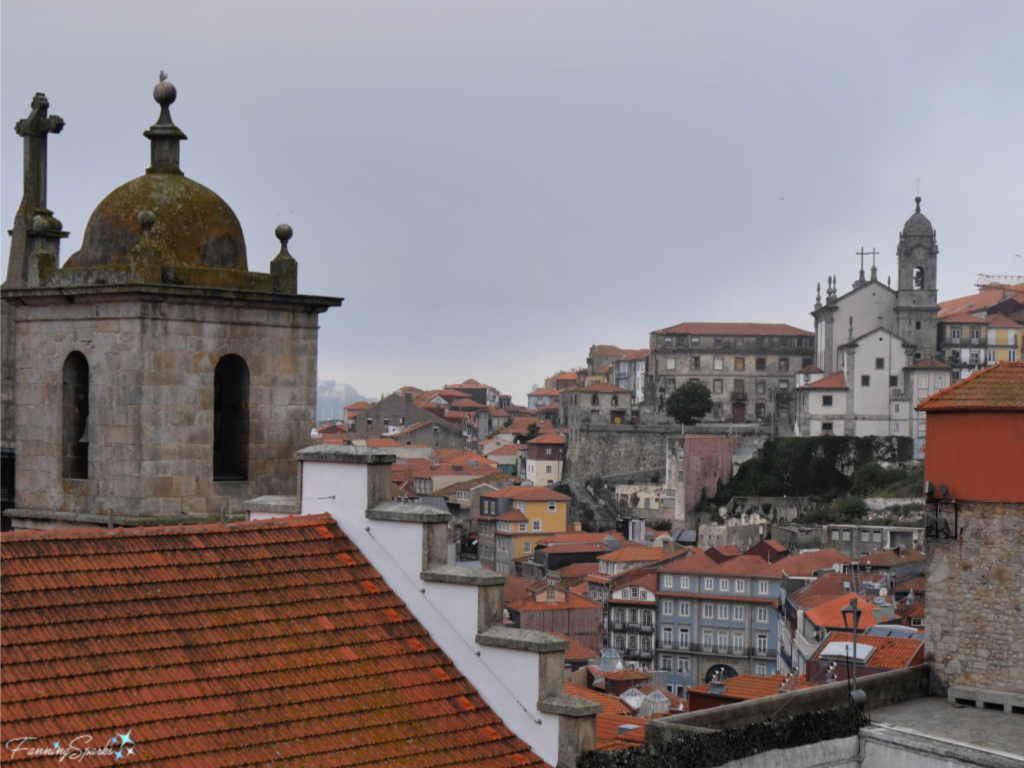 Organic forms are rounded, irregular, free-flowing and curvy. They are most evident in nature. They often make patterns but rarely with mathematical precision. When I set out to photograph examples of natural forms I quickly became overwhelmed. There is an endless variety and every subject has multiple forms. I decided to narrow my focus to the plant world and pick out familiar forms.
Organic forms are rounded, irregular, free-flowing and curvy. They are most evident in nature. They often make patterns but rarely with mathematical precision. When I set out to photograph examples of natural forms I quickly became overwhelmed. There is an endless variety and every subject has multiple forms. I decided to narrow my focus to the plant world and pick out familiar forms.
Spheres and balls are common forms in nature. The below photo of ripe berries on a Winterberry Holly (Ilex verticillata) provides a great example.

Several of the raindrops on this Lady’s Mantle (Alchemilla mollis) leaf appear to be symmetrical spheres. But it’s the irregular, organic form of the largest drop that catches the eye.

Straight-edged cylindrical forms such as tubes, shafts and spears are also common in nature. These pine needles provide an example.

In contrast, this fragment of a climbing vine provides a great example of a free-flowing, curvy organic form.
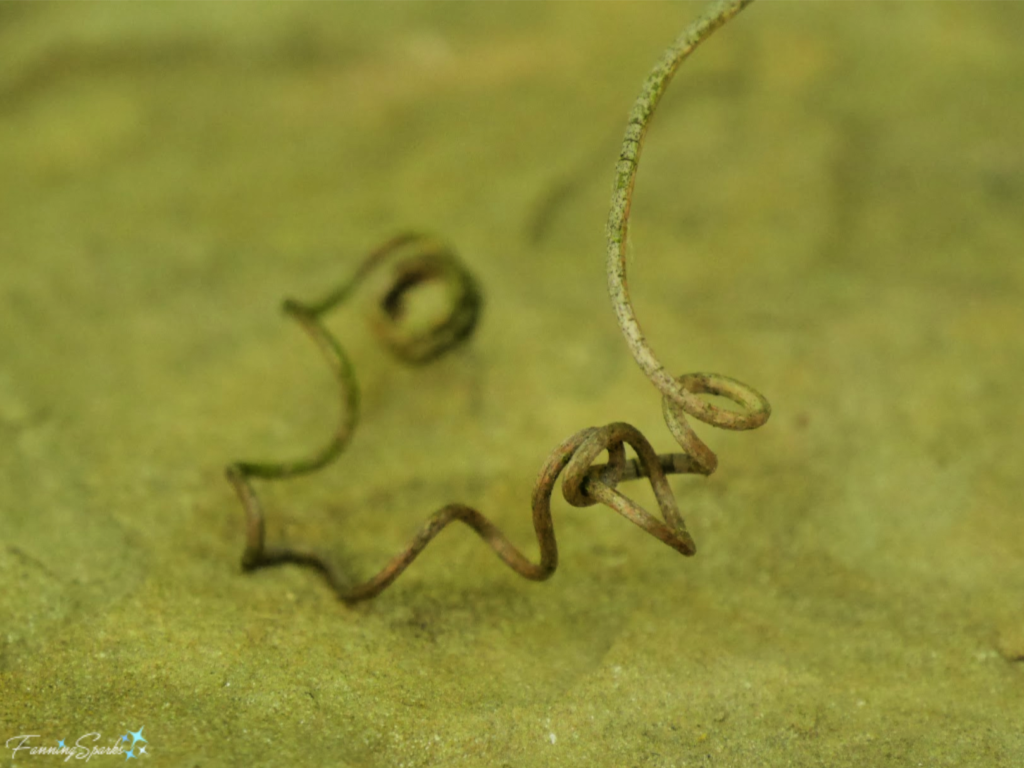 A similar free-flowing form is illustrated by the fractal branching of this gorgeous Southern Live Oak (Quercus virginiana).
A similar free-flowing form is illustrated by the fractal branching of this gorgeous Southern Live Oak (Quercus virginiana).
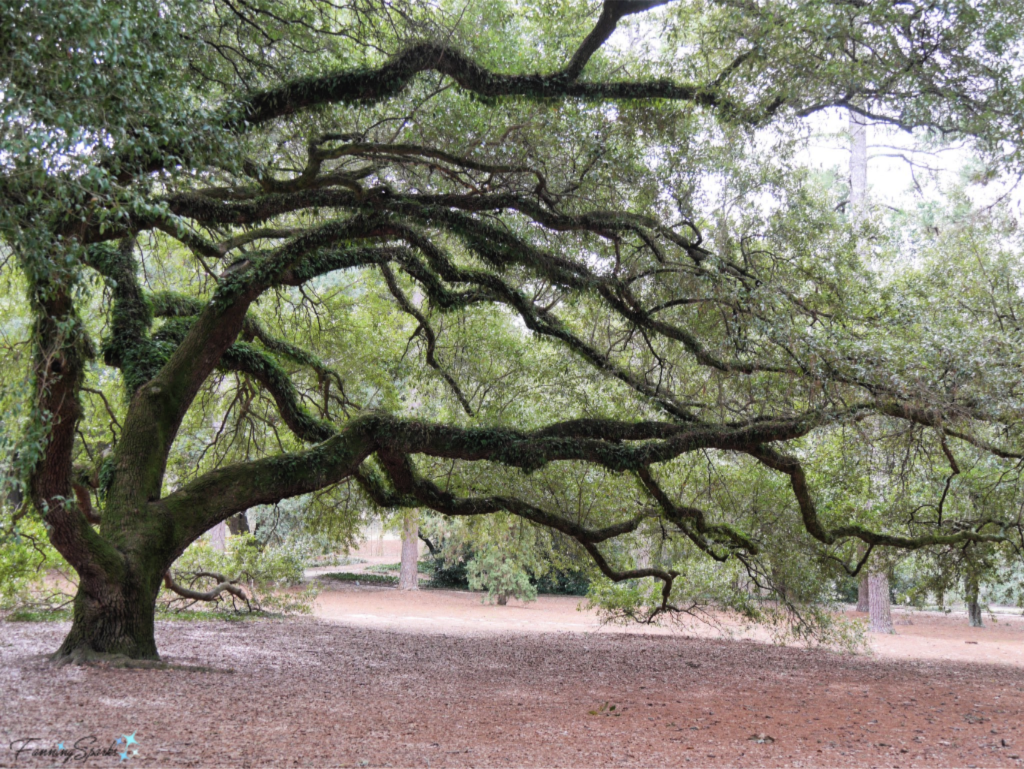
Japanese Maples are known for their beautiful foliage. This shot showcases the palm-shaped form and the brilliant red color of fallen autumn leaves. 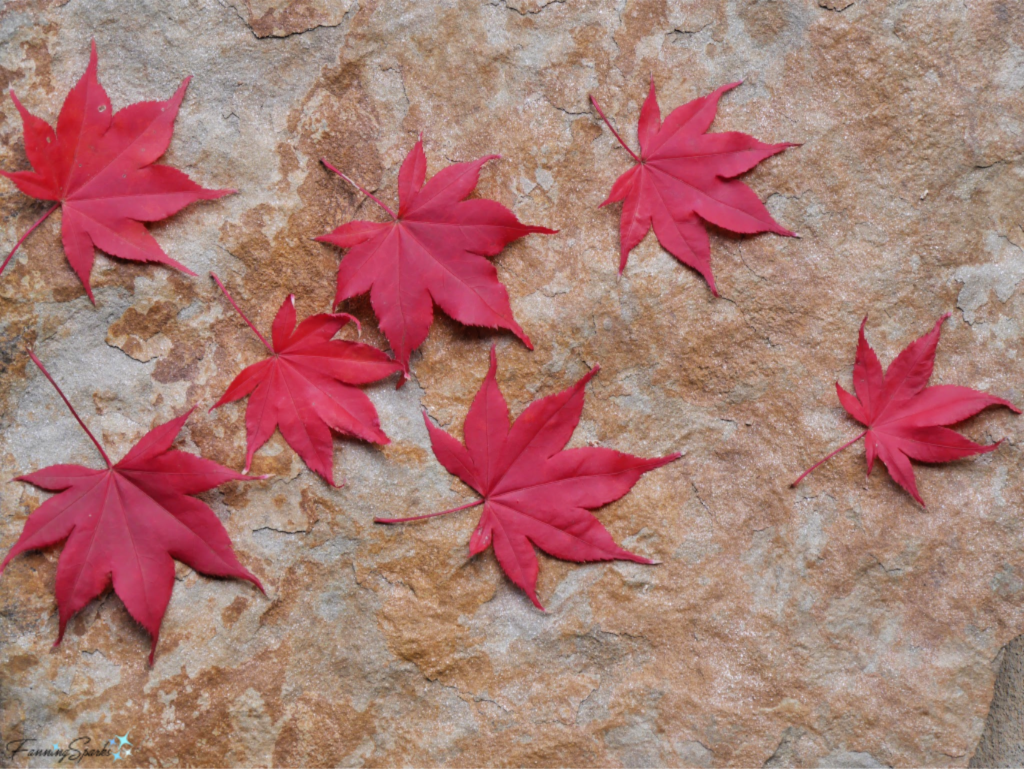 In the spring, the Japanese Maple tree bears these uniquely-formed winged seeds called samaras or keys.
In the spring, the Japanese Maple tree bears these uniquely-formed winged seeds called samaras or keys.
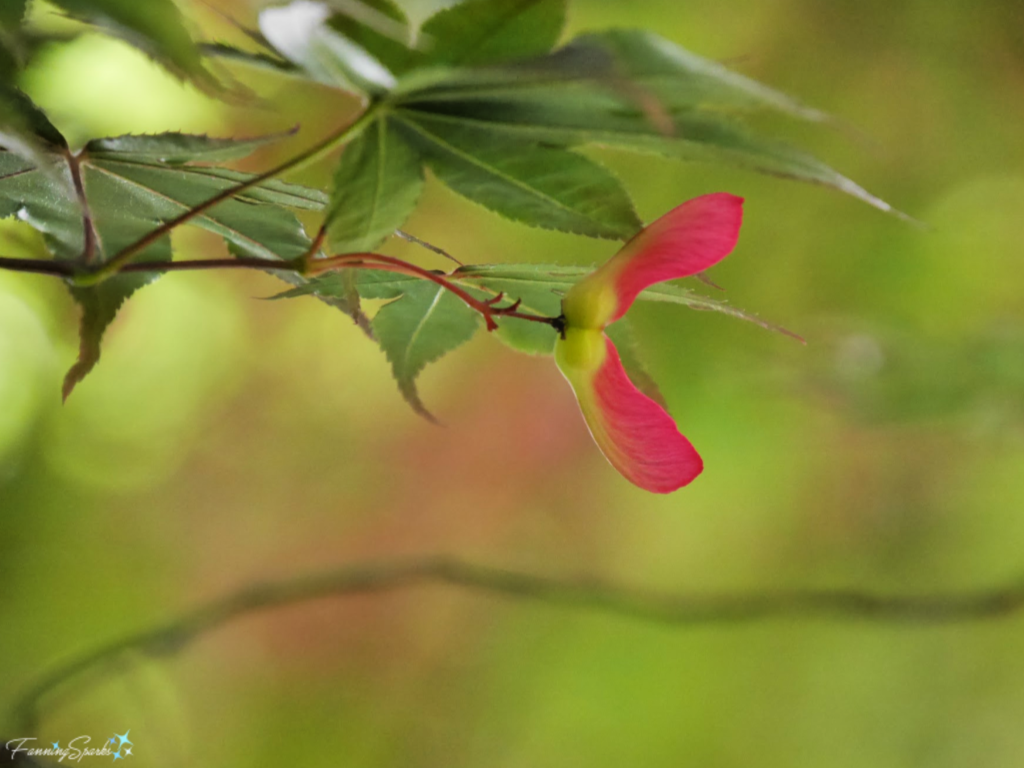
Flowers present a multitude of forms. This one, simple wild daisy offers numerous examples. But to keep it simple, I’ll call out only the elongated teardrop form of the petals and the rounded mound of the flower disc.
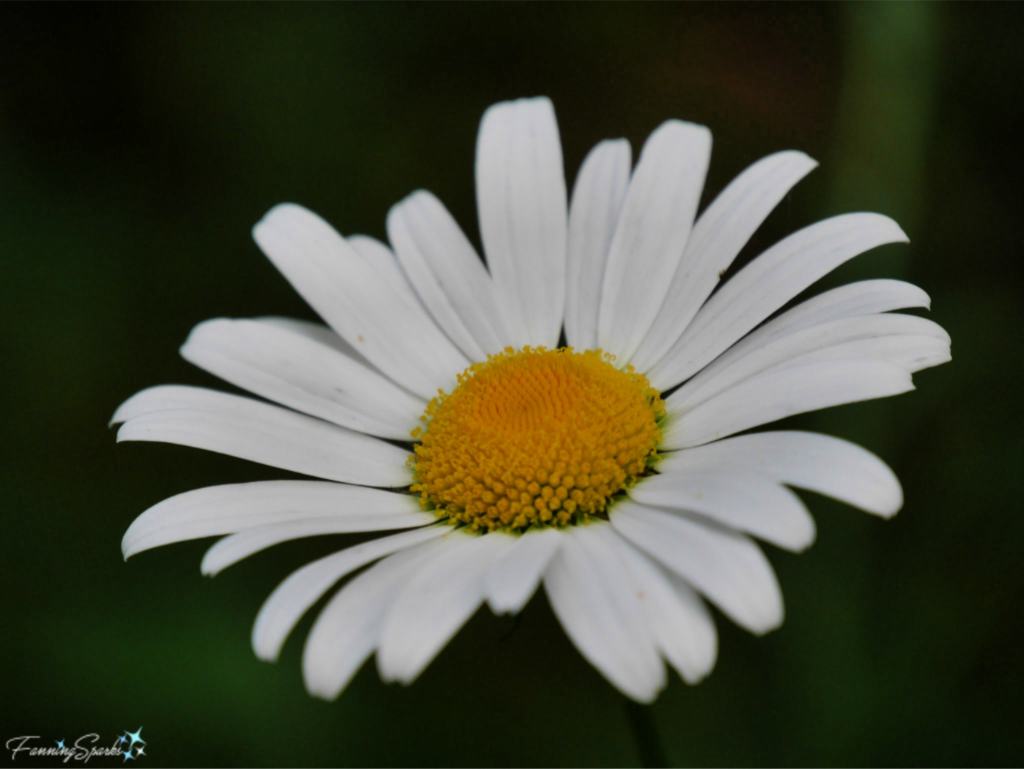
The form of this bloom makes it easy to see why the Confederate Jasmine (Trachelospermum jasminoides) is also called the Star Jasmine.
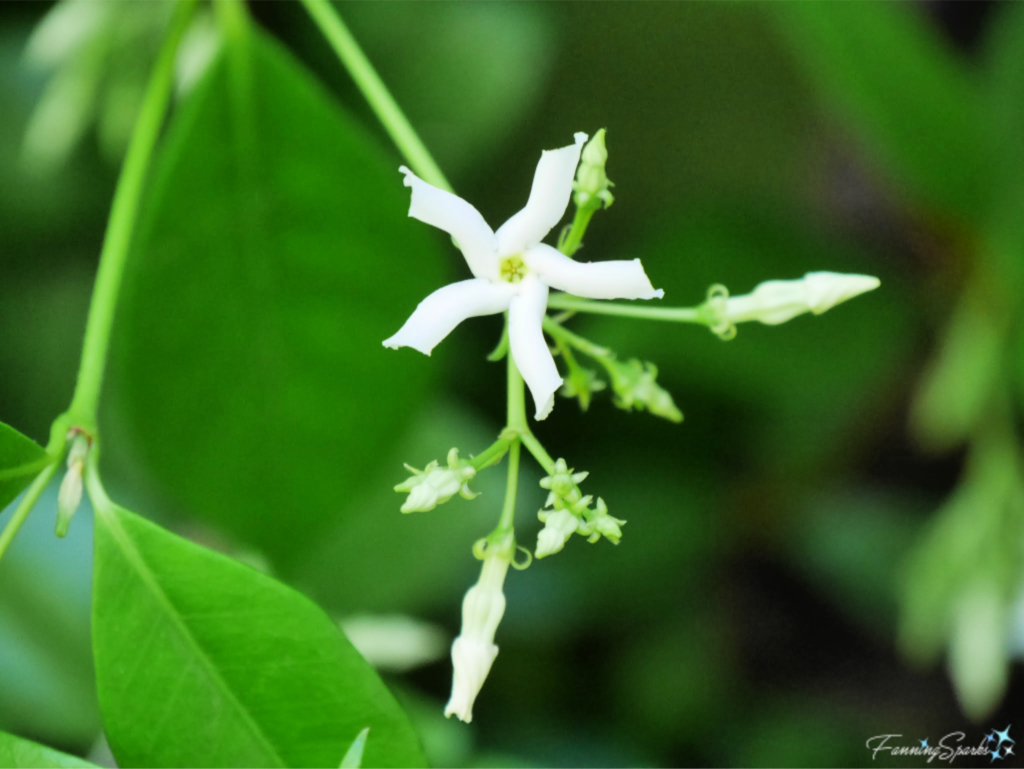
The blossom on the Fringe tree (Chionanthus virginicus) illustrates another natural form.

The Clematis “Ramona Blue” bloom drops its petals leaving behind this interesting, pompom-like form.
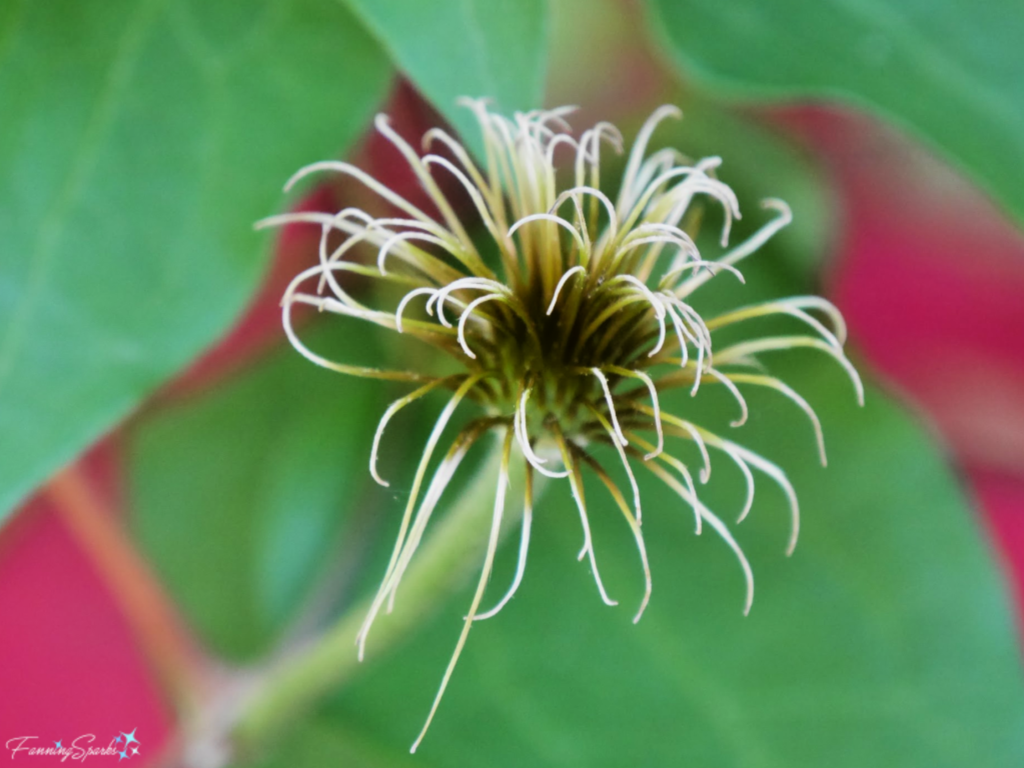 Studying nature’s forms is not a new idea. The work of German biologist Ernst Haeckel is particularly noteworthy. Back in 1904, he published Kunstformen der Natur (Art Forms in Nature). The book, a collection of 100 prints of various organisms, is “considered the most beautiful visualization of nature ever made by a scientist”. While Haeckel’s purpose was scientific research and documentation, his work has been tremendously influential on many of the 20th Century artistic movements especially the Art Nouveau movement. Here’s an example from Haeckel’s Art Forms of Nature illustrating Siphonophorae and Discomedusae which are classes of marine organisms commonly known as jellyfish.
Studying nature’s forms is not a new idea. The work of German biologist Ernst Haeckel is particularly noteworthy. Back in 1904, he published Kunstformen der Natur (Art Forms in Nature). The book, a collection of 100 prints of various organisms, is “considered the most beautiful visualization of nature ever made by a scientist”. While Haeckel’s purpose was scientific research and documentation, his work has been tremendously influential on many of the 20th Century artistic movements especially the Art Nouveau movement. Here’s an example from Haeckel’s Art Forms of Nature illustrating Siphonophorae and Discomedusae which are classes of marine organisms commonly known as jellyfish.

This book, in all its astonishing beauty, is available in the public domain with no copyright restrictions (see More Info below).
But I digress; the purpose of this deep-dive into form is not to explore the world of biology but rather to consider the role of form in design and decorating. It’s tempting to stick with geometric forms—they are familiar, readily-available, practical and functional. But when comparing the two worlds—a geometric, built world and an organic, natural world—the former seems harsh and limiting while the latter is soothing and infinite. Thus, the challenge becomes finding ways to incorporate organic elements into our geometric environments. Thankfully, there are others who have addressed this same challenge. The artists and proponents of the Art Nouveau movement certainly did. How did they accomplish this? What organic forms did they use? And how? Are there insights which can be applied to our current-day homes? Now, that’s a subject for another day!
More Info
There are seven elements of design including color, pattern, texture, form, space, line and light. The Interior Design Academy explains these elements must work in harmony to create an aesthetically pleasing interior.
. See the post, Color Palette by Mother Nature, for inspiring color palettes.
. See the post, Patterns by Mother Nature, for inspiration about patterns.
. See the post, Texture by Mother Nature, for examples of texture from the natural world. The follow up post, Decorating with Texture, draws from this natural inspiration to add texture in our homes and surroundings.
As mentioned above, Ernst Haeckel’s book, Art Forms in Nature, is available for free with no copyright restrictions. You can find it here on Archive.Org.
Today’s Takeaways
1. Consider form, as one of the seven elements of design, when decorating your home and surroundings.
2. Forms can be geometric or organic.
3. Get inspiration from the endless variety of forms in the natural world.


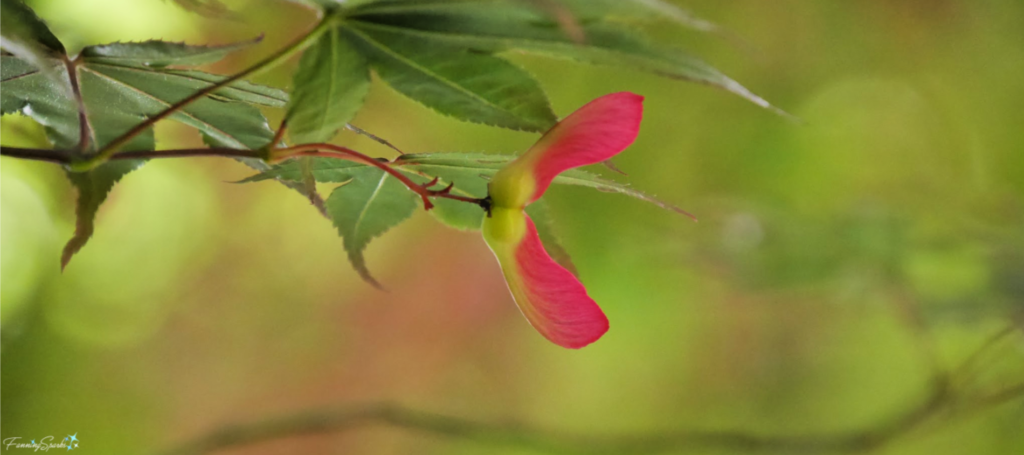
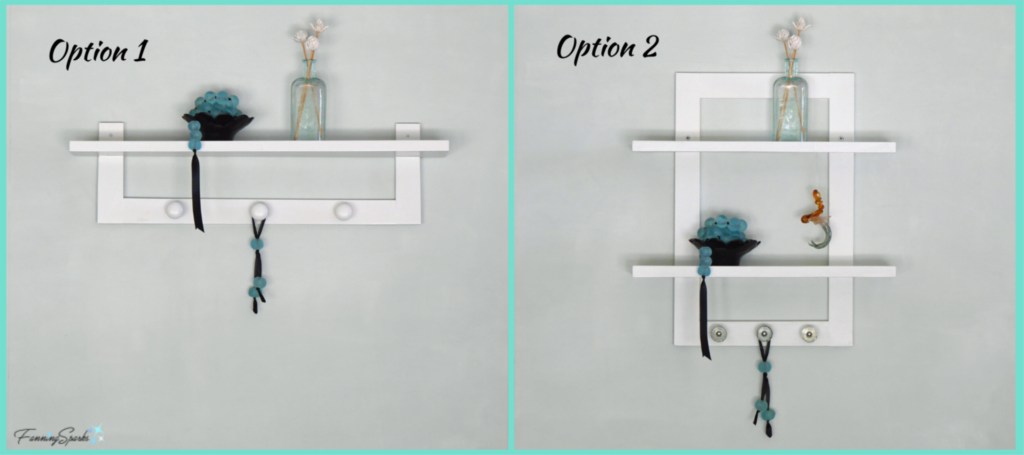
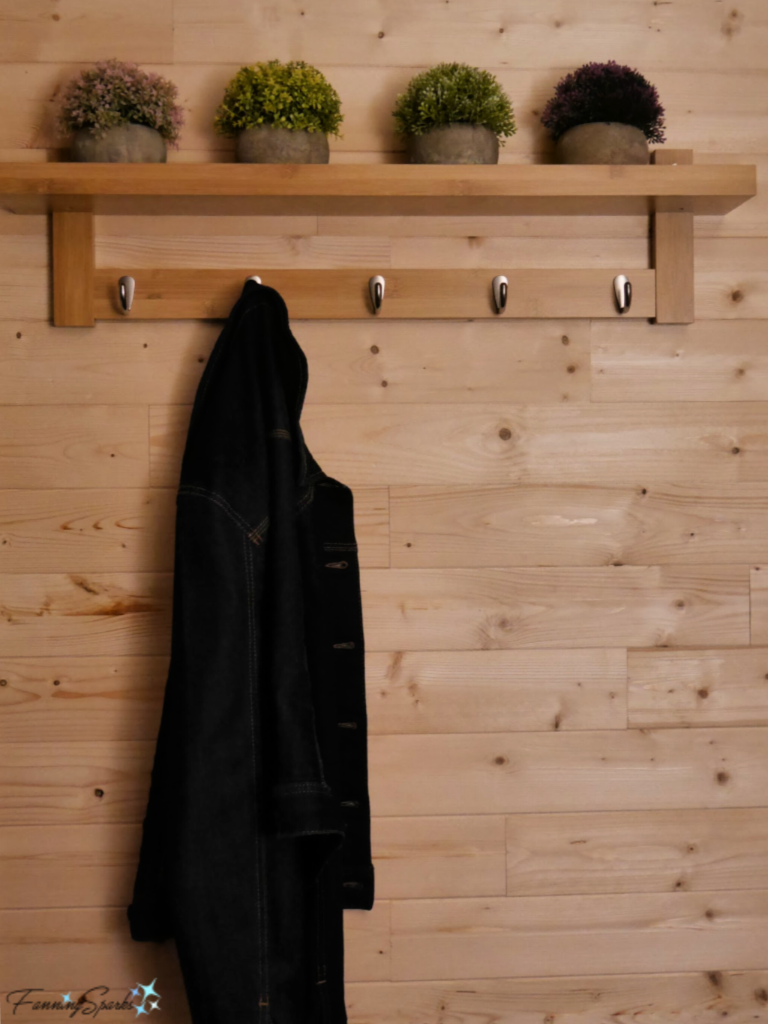
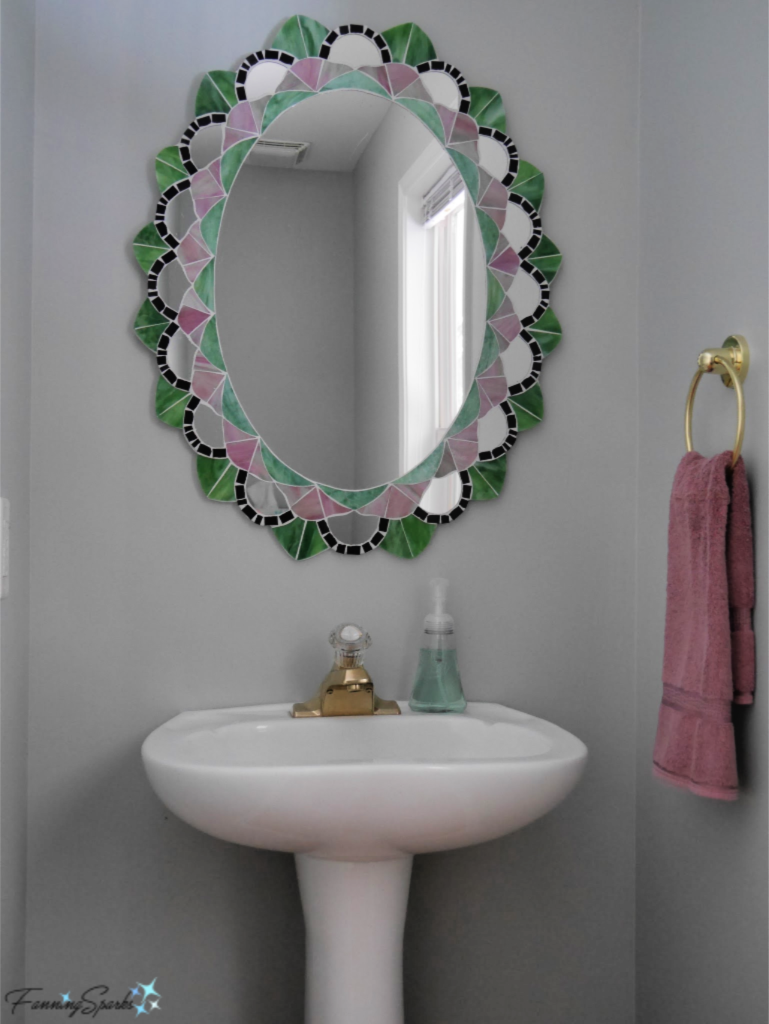



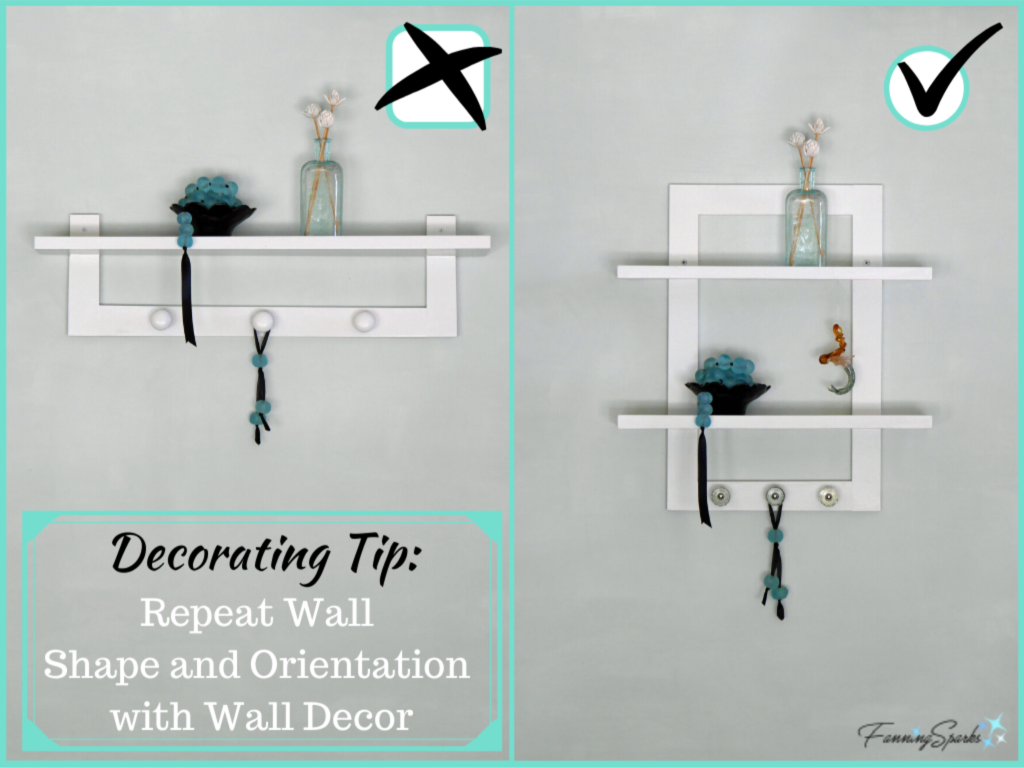
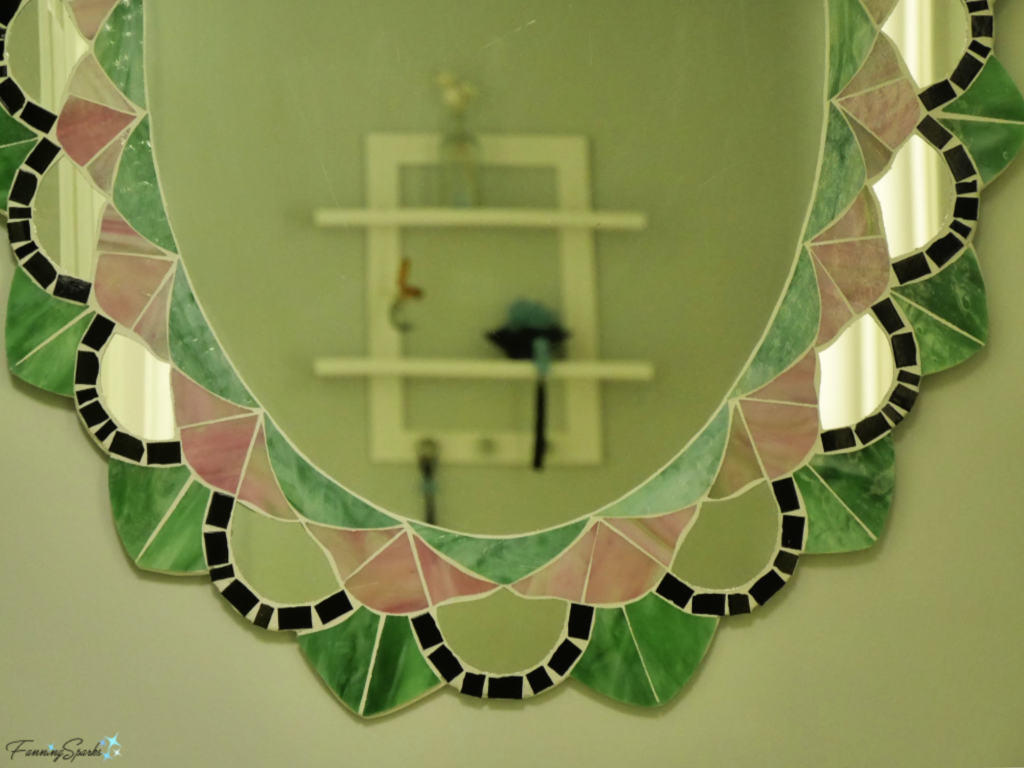
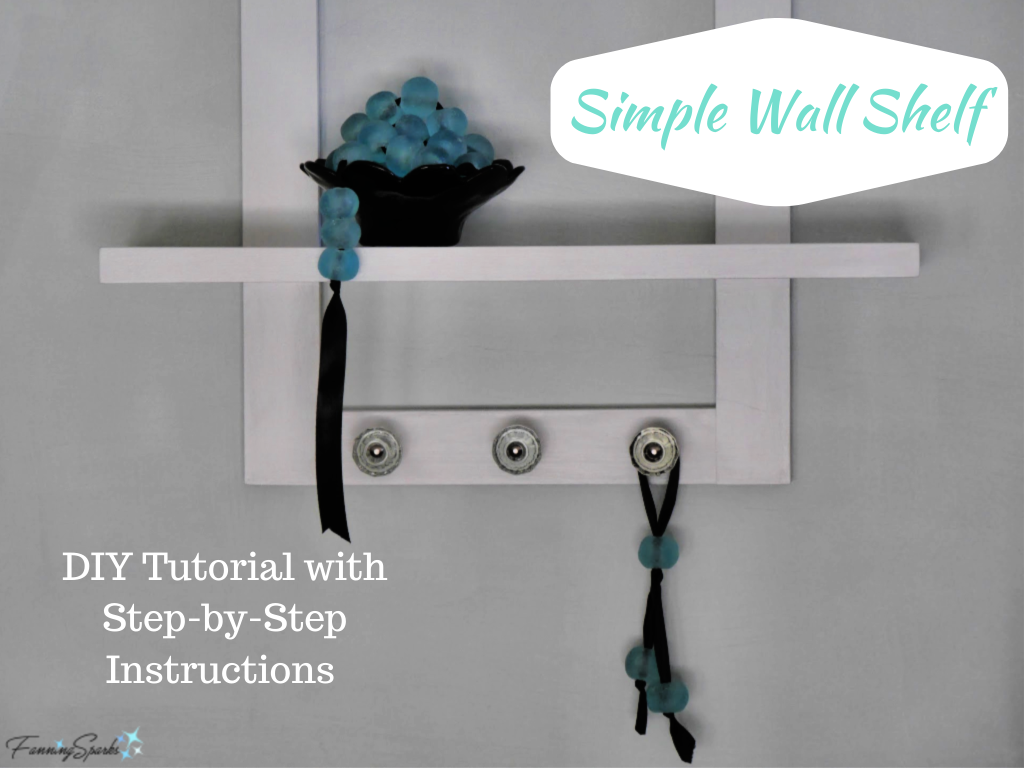
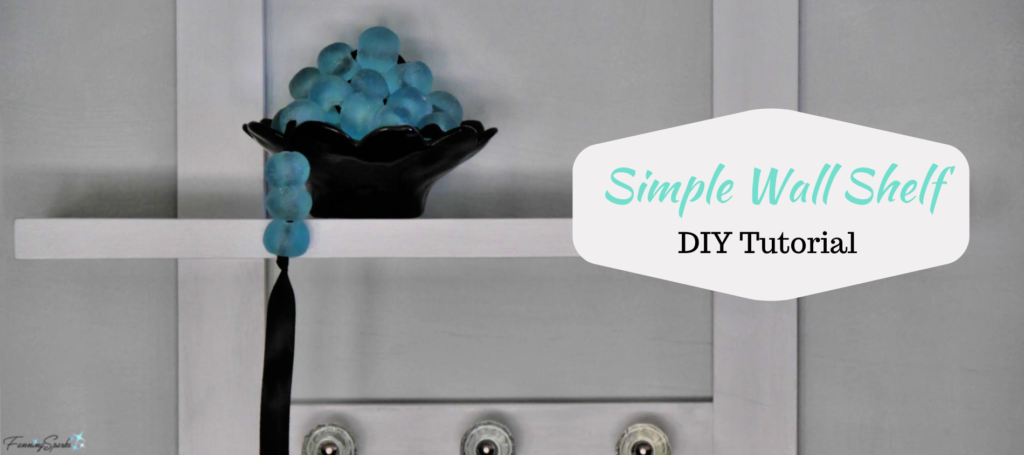
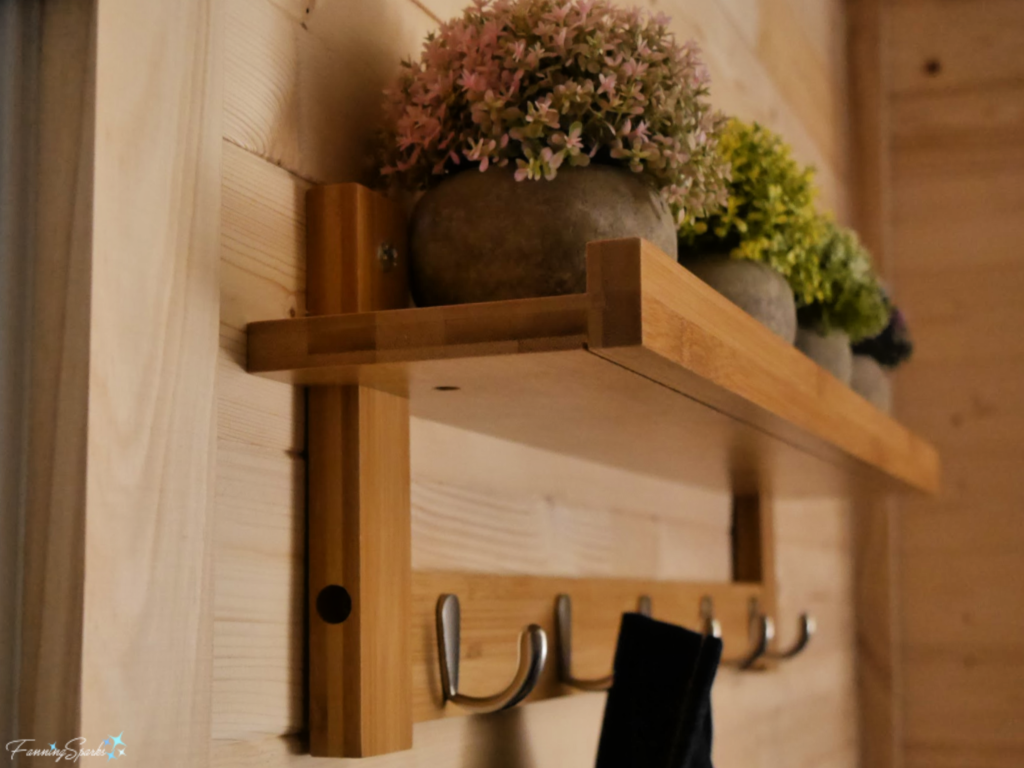
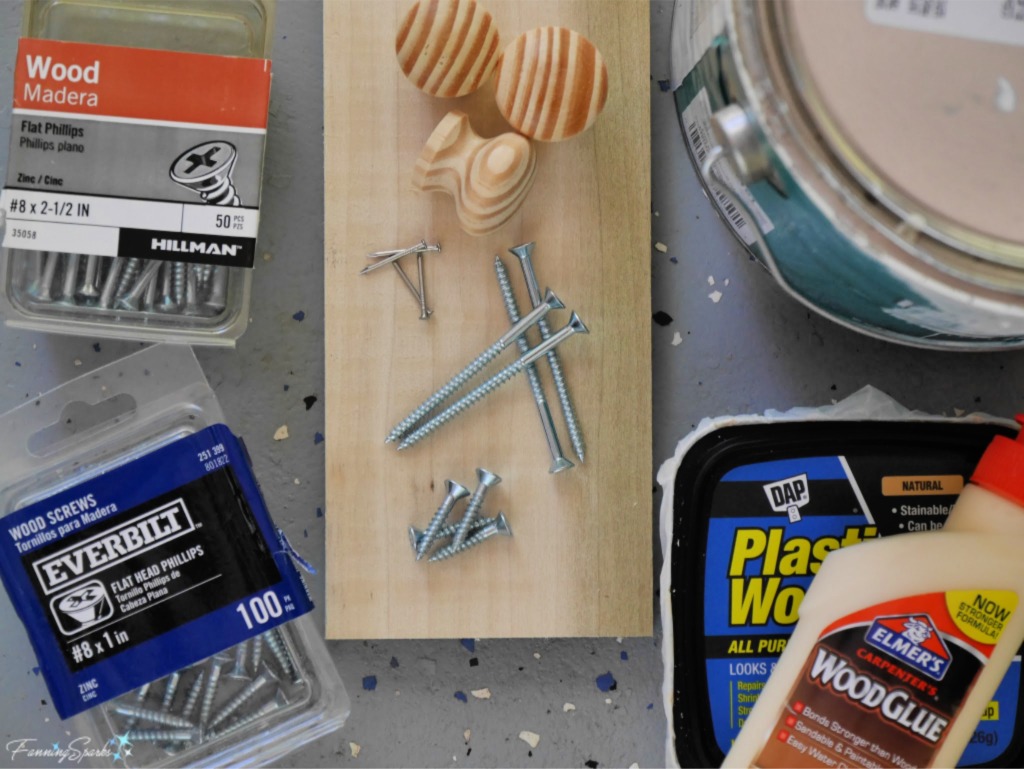
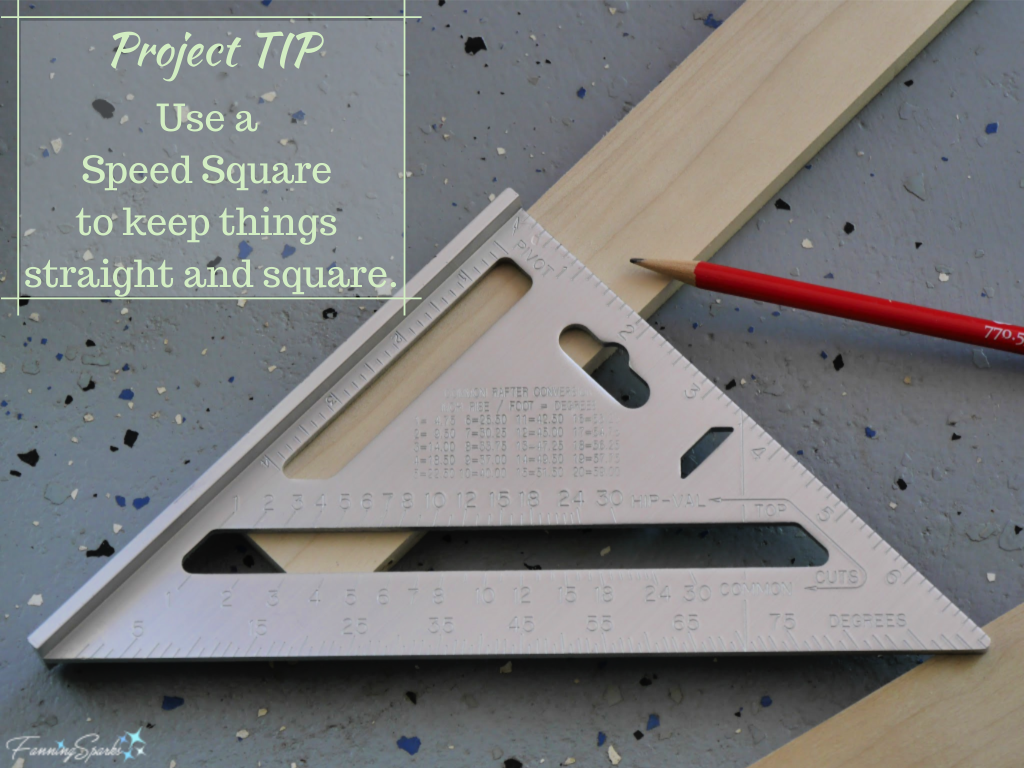
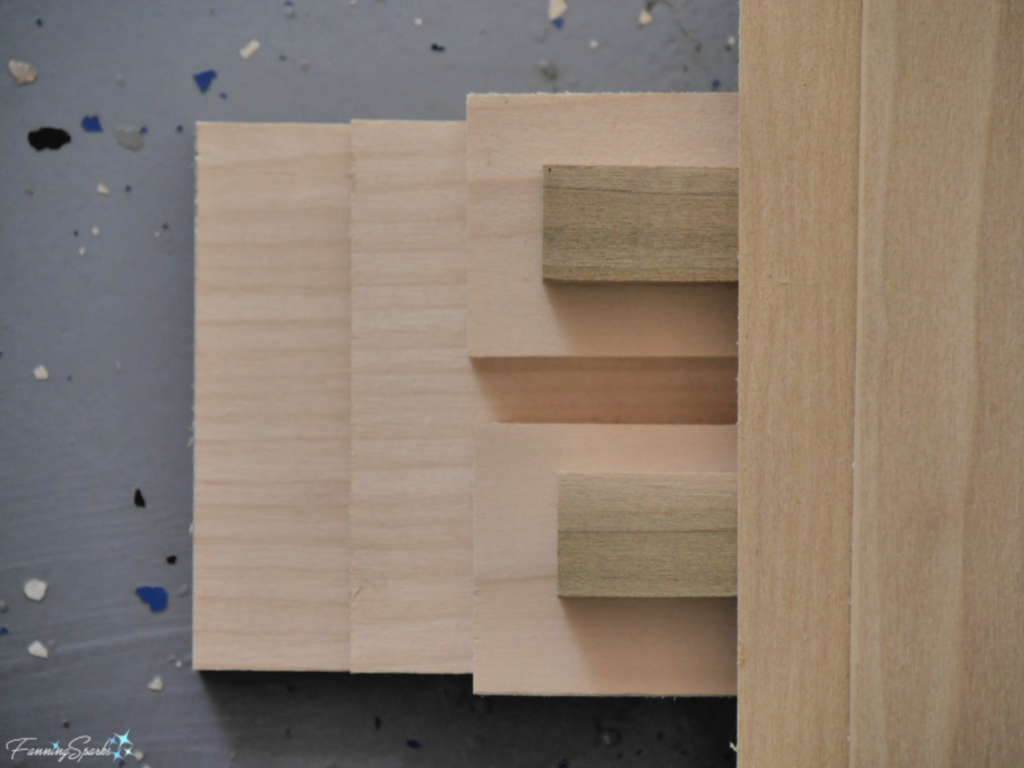

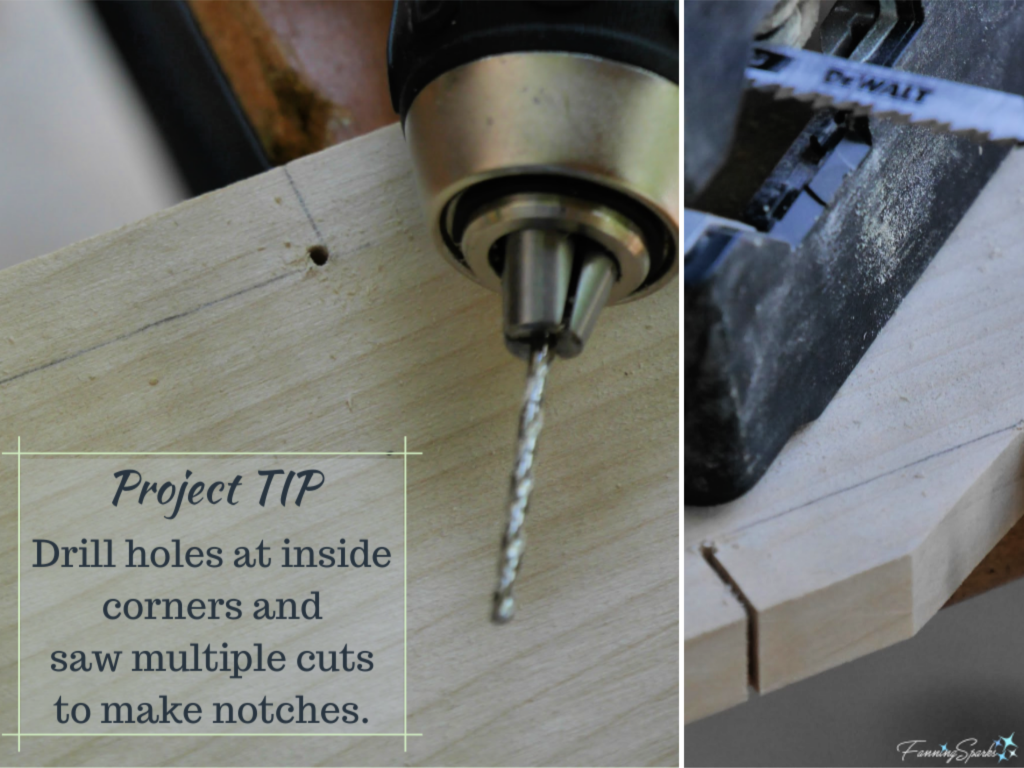
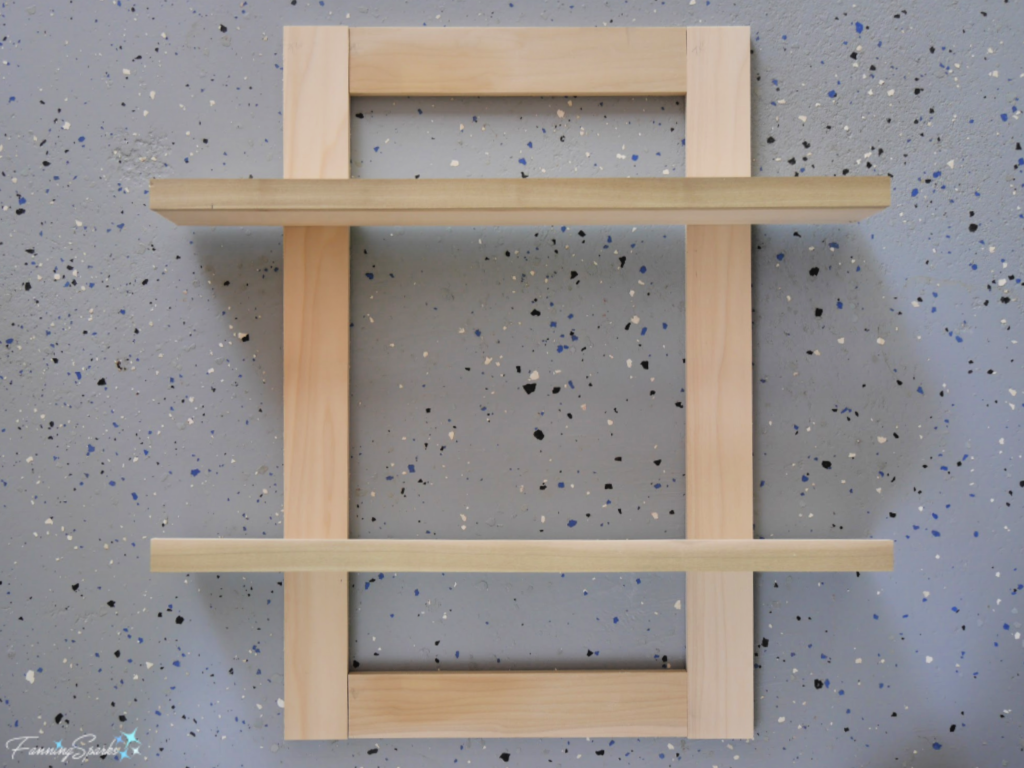
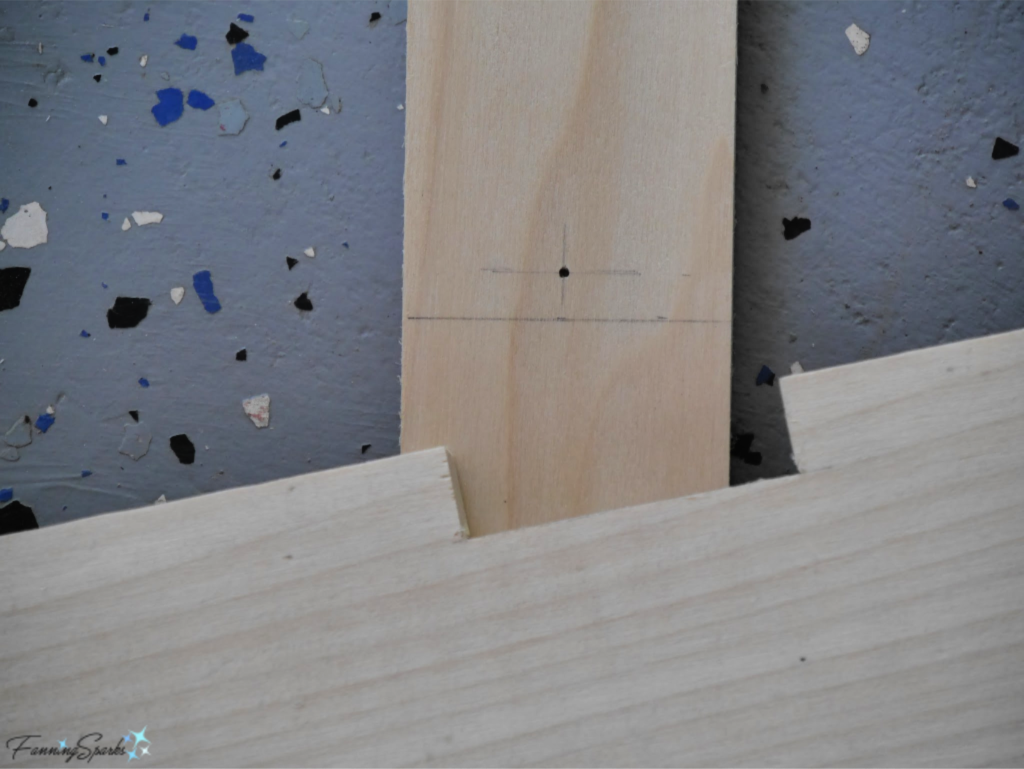
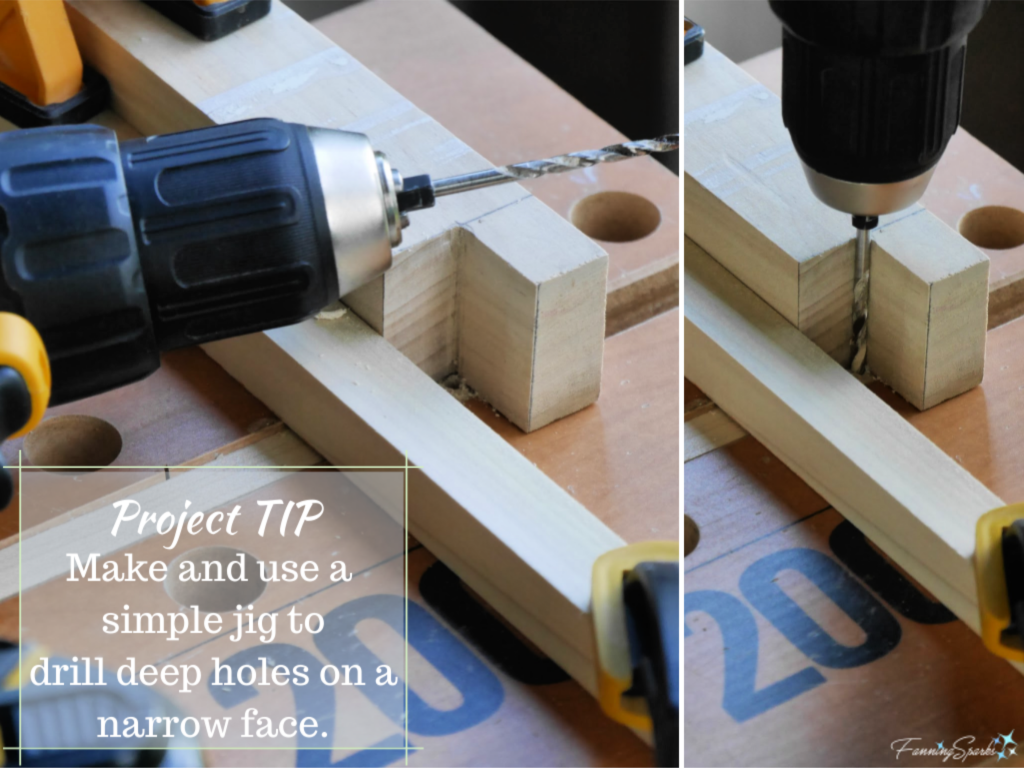

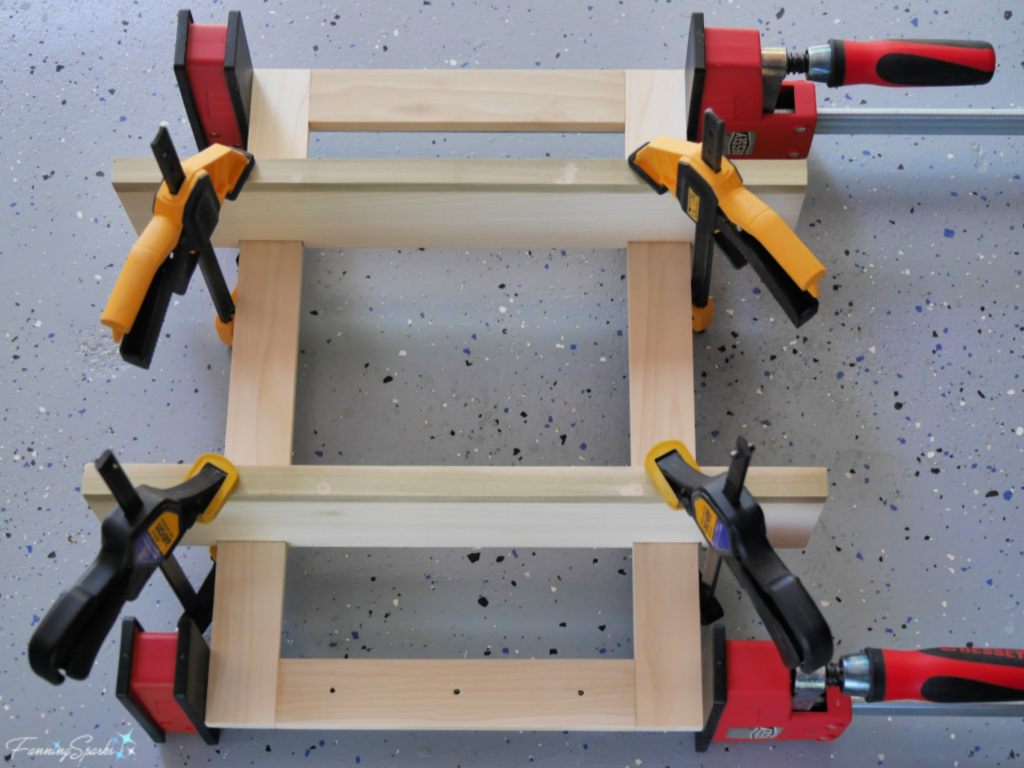
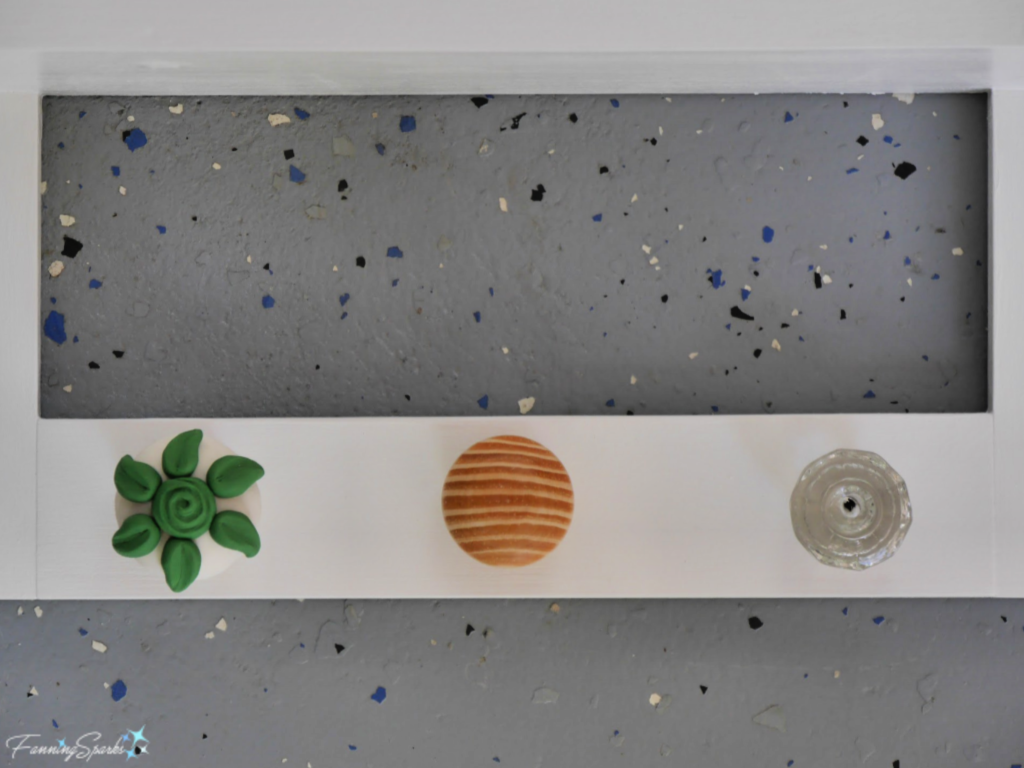

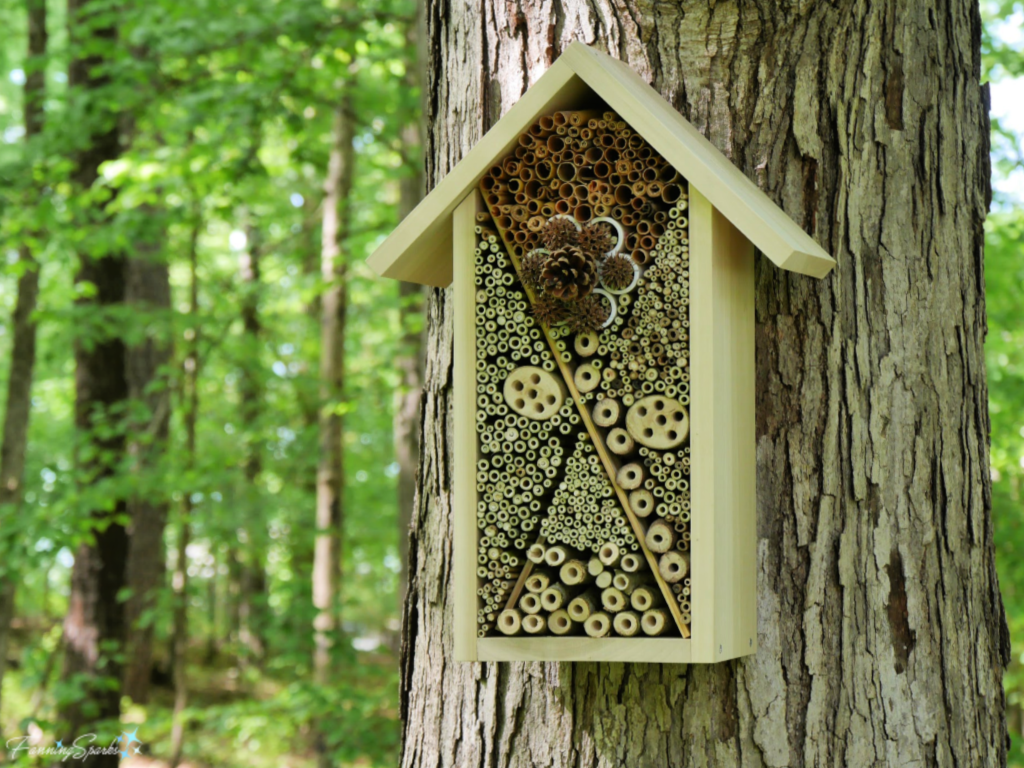 This post provides easy, step-by-step instructions to make your own AirBee-n-Bee House. There are two components to this project: a wood frame in the shape of a house and nesting materials that fill the frame. We’ll start by building the wooden House Frame.
This post provides easy, step-by-step instructions to make your own AirBee-n-Bee House. There are two components to this project: a wood frame in the shape of a house and nesting materials that fill the frame. We’ll start by building the wooden House Frame.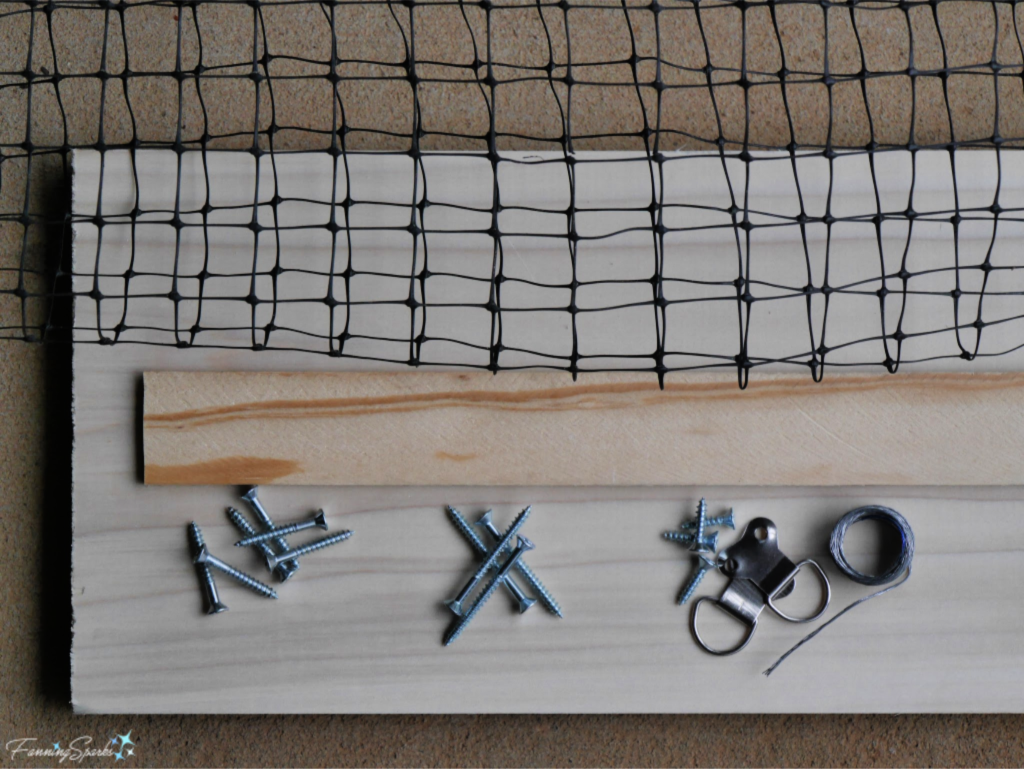 Tools Needed
Tools Needed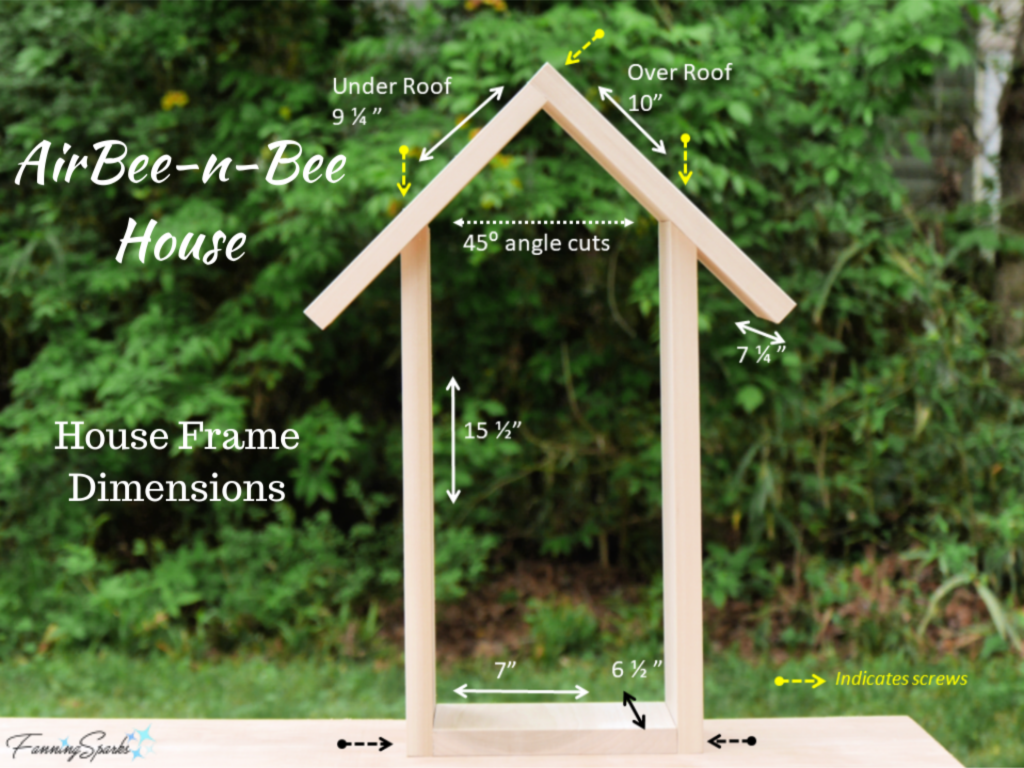
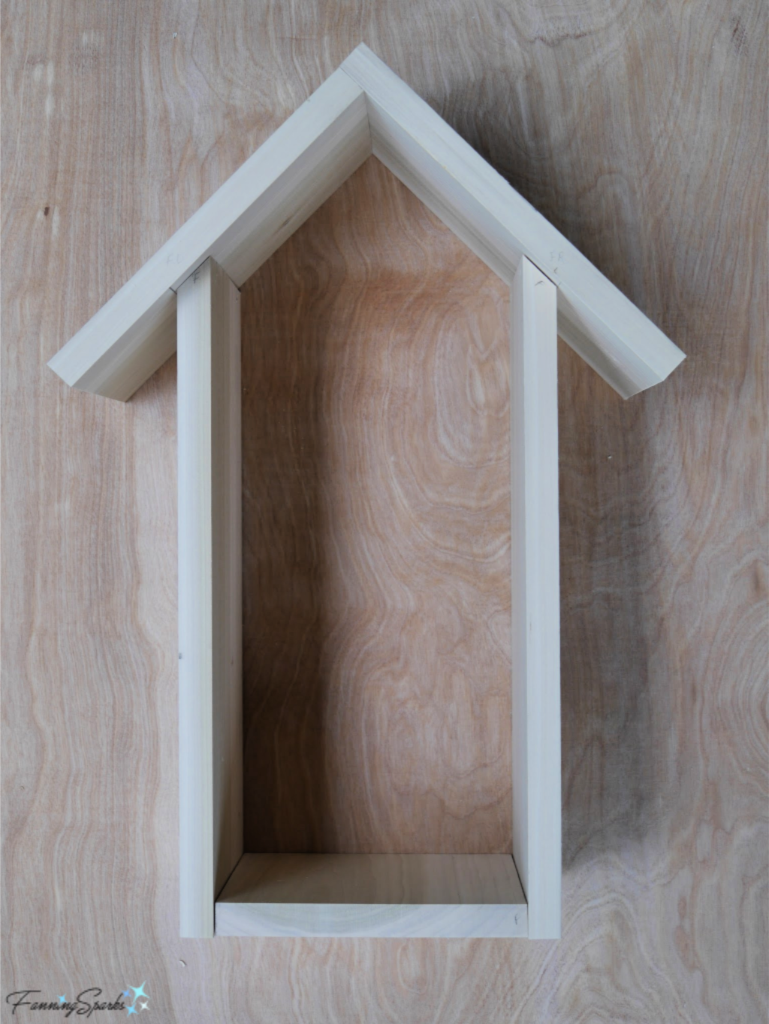
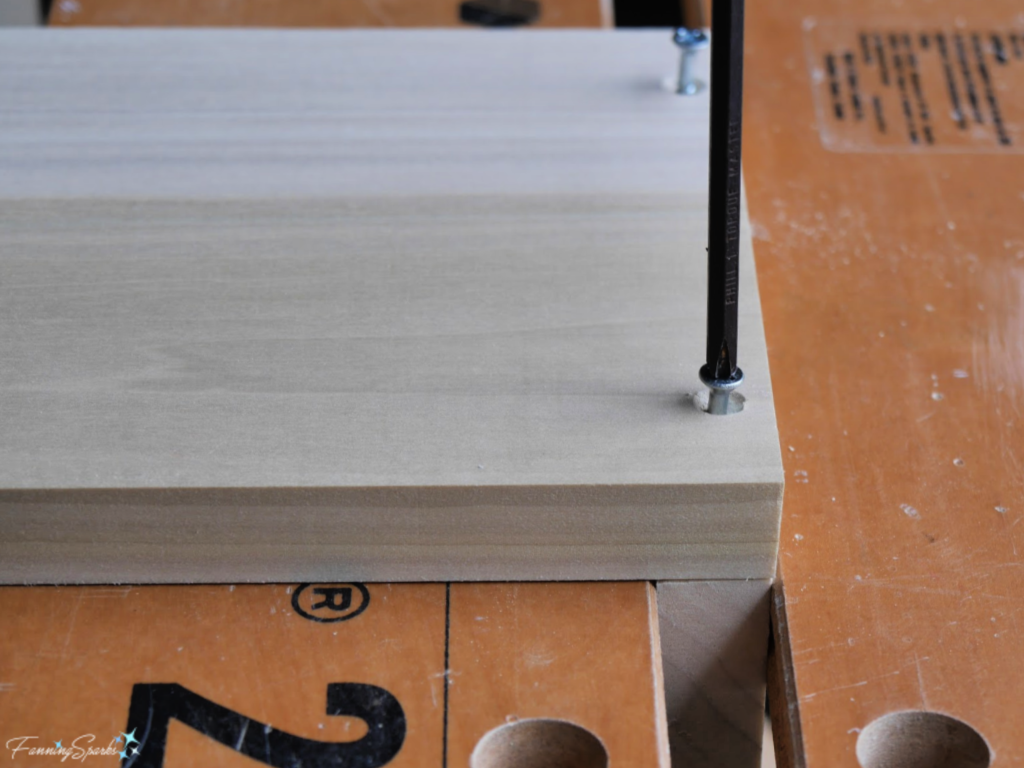 Step 4 Attach Other Side to Bottom Repeat Step 3 to attach other Side to Bottom. This will result in a U-shaped piece.
Step 4 Attach Other Side to Bottom Repeat Step 3 to attach other Side to Bottom. This will result in a U-shaped piece.
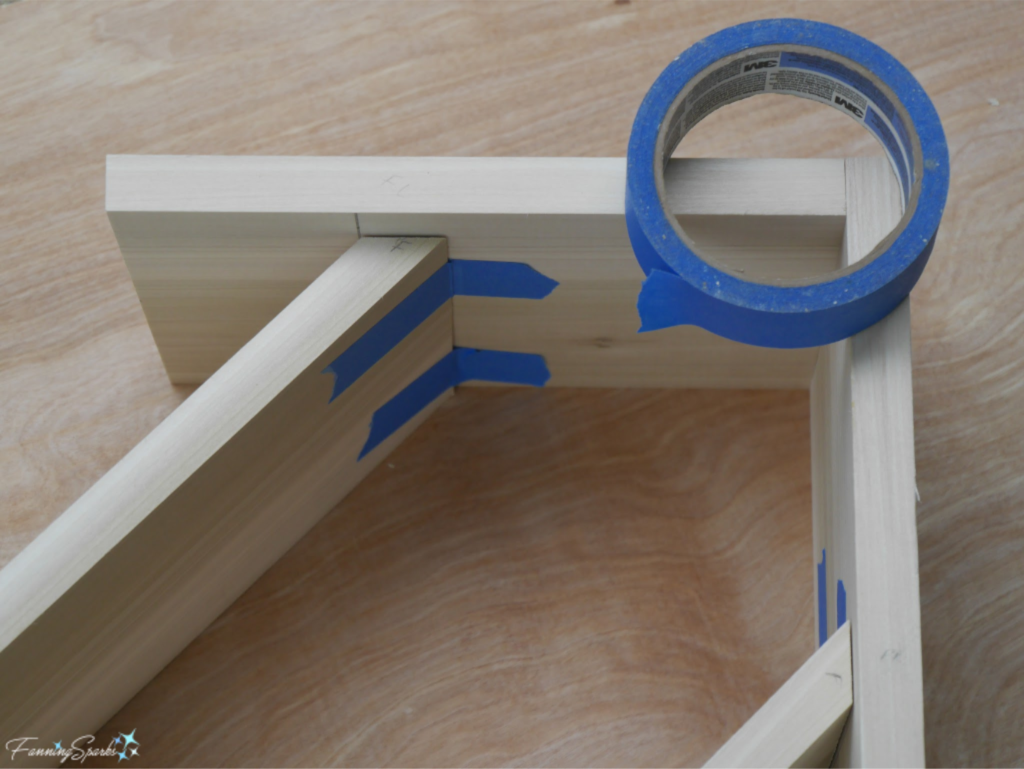 Step 7 Insert Cross Pieces Use four pieces of wood slat to create 2 X’s inside the House Frame. Cut a piece of wood slat to 16 ¼”. Slide into frame to ensure a snug fit. Adjust if necessary. Repeat with 3 more pieces. These pieces fit snugly but are not attached. They will serve to hold the nesting materials in place.
Step 7 Insert Cross Pieces Use four pieces of wood slat to create 2 X’s inside the House Frame. Cut a piece of wood slat to 16 ¼”. Slide into frame to ensure a snug fit. Adjust if necessary. Repeat with 3 more pieces. These pieces fit snugly but are not attached. They will serve to hold the nesting materials in place. 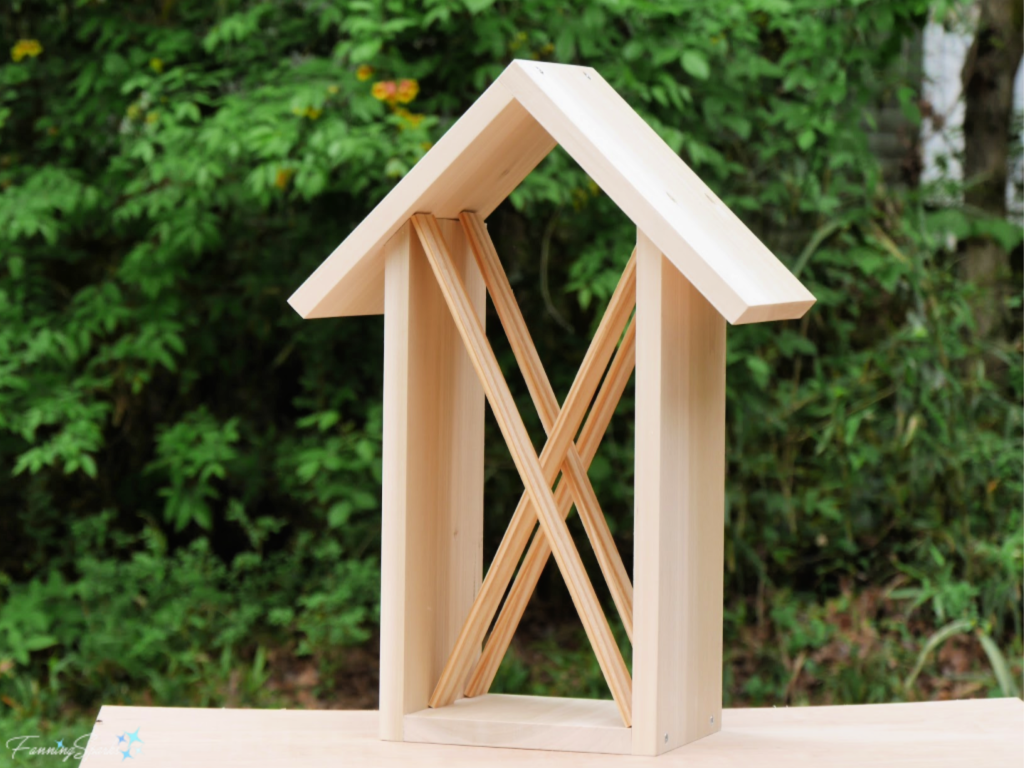
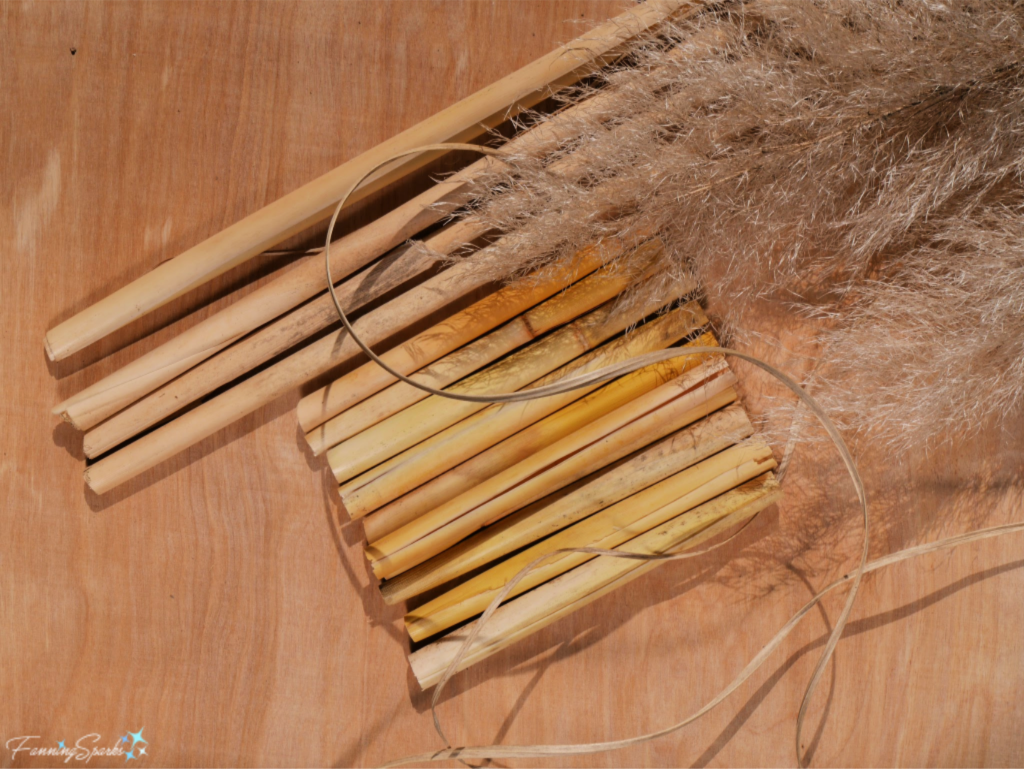 Drilled Tree Branches: Gather small fallen or pruned tree branches and cut to 6 ½” lengths. Drill 5/16” holes into the ends.
Drilled Tree Branches: Gather small fallen or pruned tree branches and cut to 6 ½” lengths. Drill 5/16” holes into the ends. Filler: I cut bamboo from our yard and trimmed it into 6 ½” lengths to use as filler. A few of the tubes might be big enough for the bees to nest inside but most will serve as filler and create natural cavities and hollows.
Filler: I cut bamboo from our yard and trimmed it into 6 ½” lengths to use as filler. A few of the tubes might be big enough for the bees to nest inside but most will serve as filler and create natural cavities and hollows.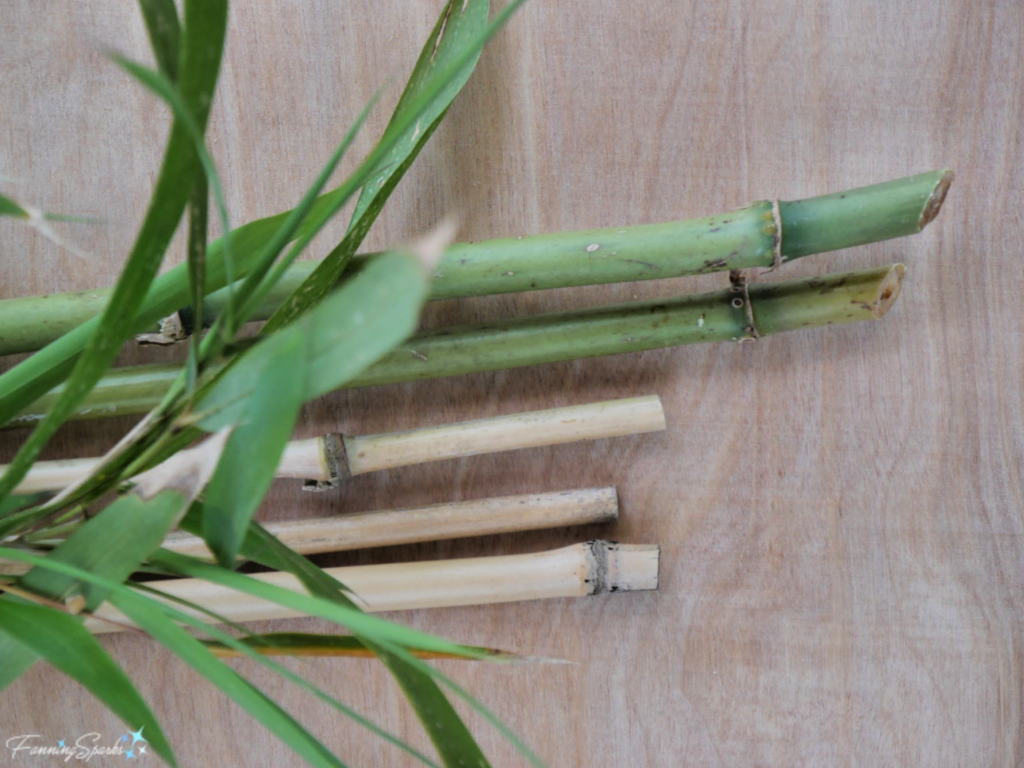 Decorative Elements (optional): We have a substantial stack of scrap PVC pipe, so I used some to create a decorative flower shape. It is merely cosmetic and definitely optional. I cut 7 pieces of 1” PVC pipe to 6 ½” lengths and wrapped a strand of thin wire around the bundle to hold it together.
Decorative Elements (optional): We have a substantial stack of scrap PVC pipe, so I used some to create a decorative flower shape. It is merely cosmetic and definitely optional. I cut 7 pieces of 1” PVC pipe to 6 ½” lengths and wrapped a strand of thin wire around the bundle to hold it together.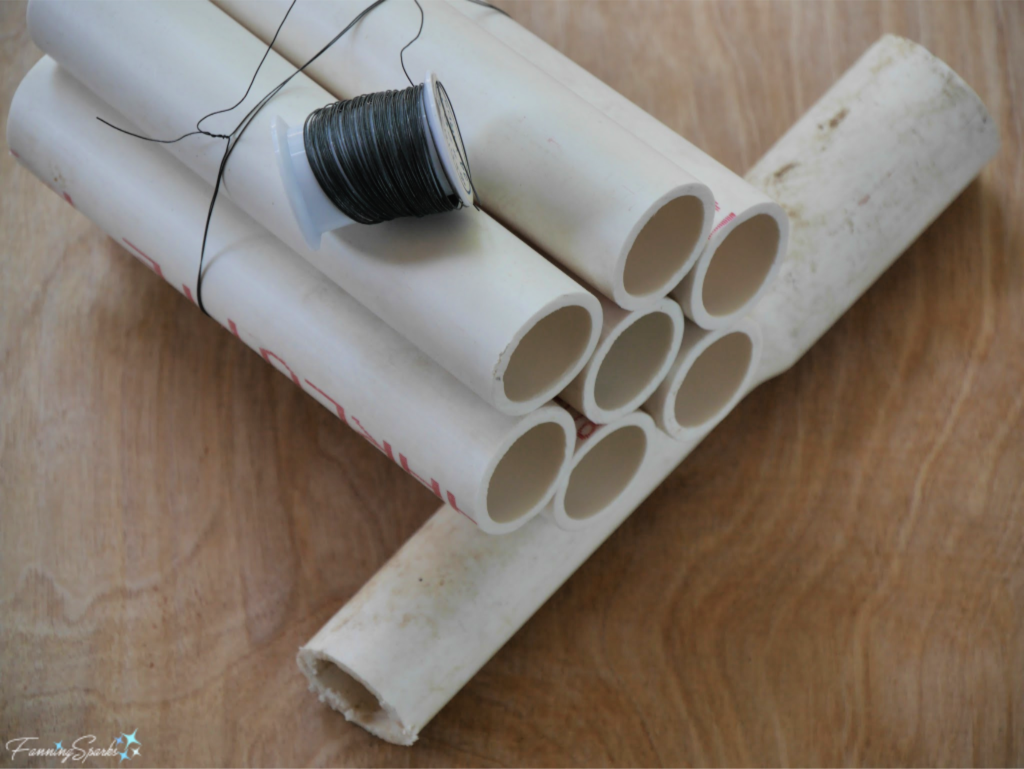 There are thousands of pesky sweetgum fruits (ie the spiny seed pods pictured below) and pine cones lying around our property so it’s nice to finally find a use for a few of them. I used them as decorative elements. It’s easier to position and secure the sweetgum fruit if it is attached to a stick. Drill a small hole into the end of a 6 ½” piece of bamboo. Then thread a piece of thin wire through the bamboo, attach it to the stem of a sweetgum fruit on one end and anchor it through the drilled holes on the other end. Pine cones can be wired in a similar way.
There are thousands of pesky sweetgum fruits (ie the spiny seed pods pictured below) and pine cones lying around our property so it’s nice to finally find a use for a few of them. I used them as decorative elements. It’s easier to position and secure the sweetgum fruit if it is attached to a stick. Drill a small hole into the end of a 6 ½” piece of bamboo. Then thread a piece of thin wire through the bamboo, attach it to the stem of a sweetgum fruit on one end and anchor it through the drilled holes on the other end. Pine cones can be wired in a similar way.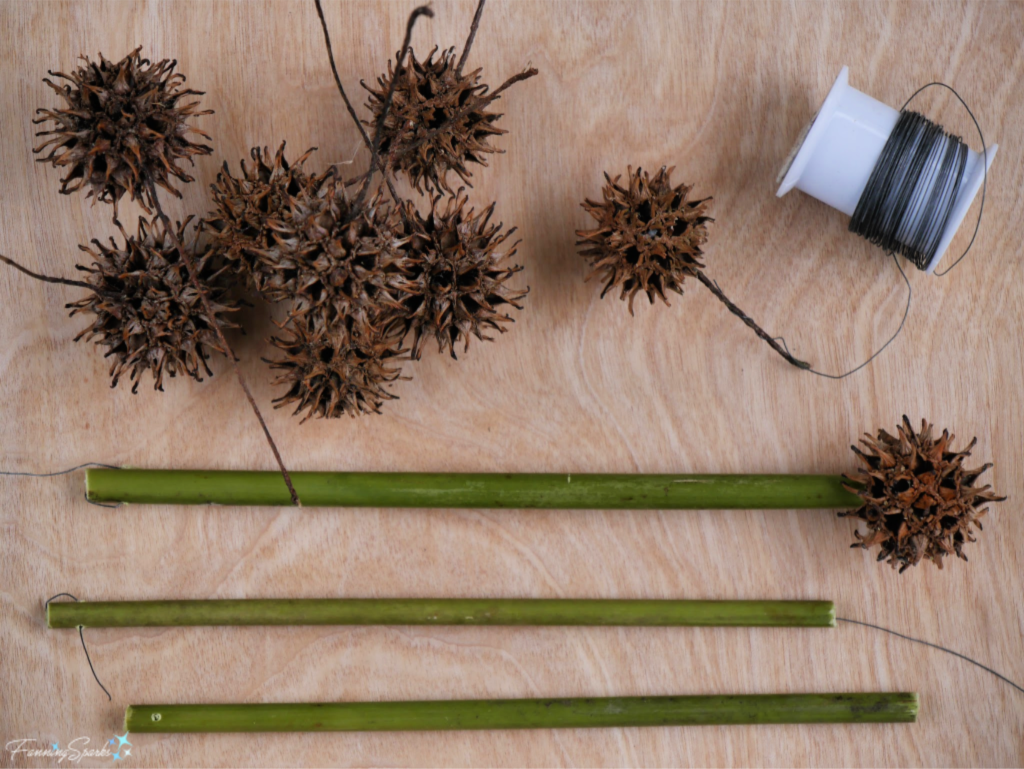 Step 9 Place Nesting Materials in House Frame Fill the House Frame with the nesting materials. Simply lay hollow reeds, bamboo stems and drilled tree branches around the Cross Pieces. Ensure the final placement is snug and tight so pieces will stay in place. As noted above, you can position the materials in any way you like to create patterns and designs.
Step 9 Place Nesting Materials in House Frame Fill the House Frame with the nesting materials. Simply lay hollow reeds, bamboo stems and drilled tree branches around the Cross Pieces. Ensure the final placement is snug and tight so pieces will stay in place. As noted above, you can position the materials in any way you like to create patterns and designs.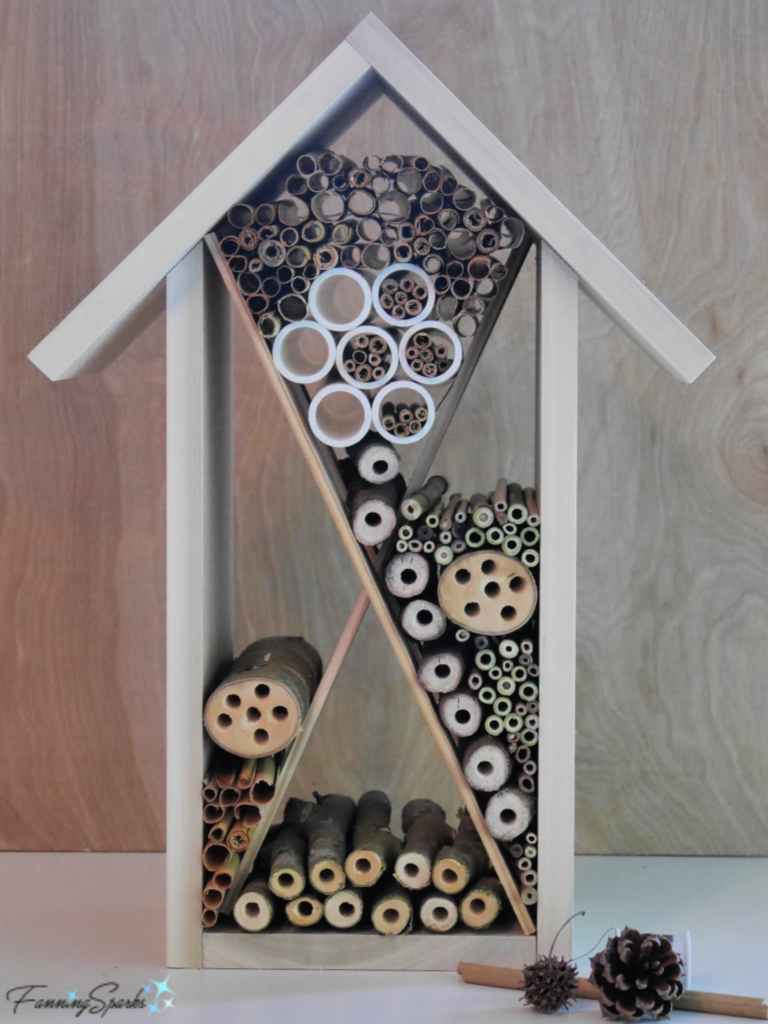
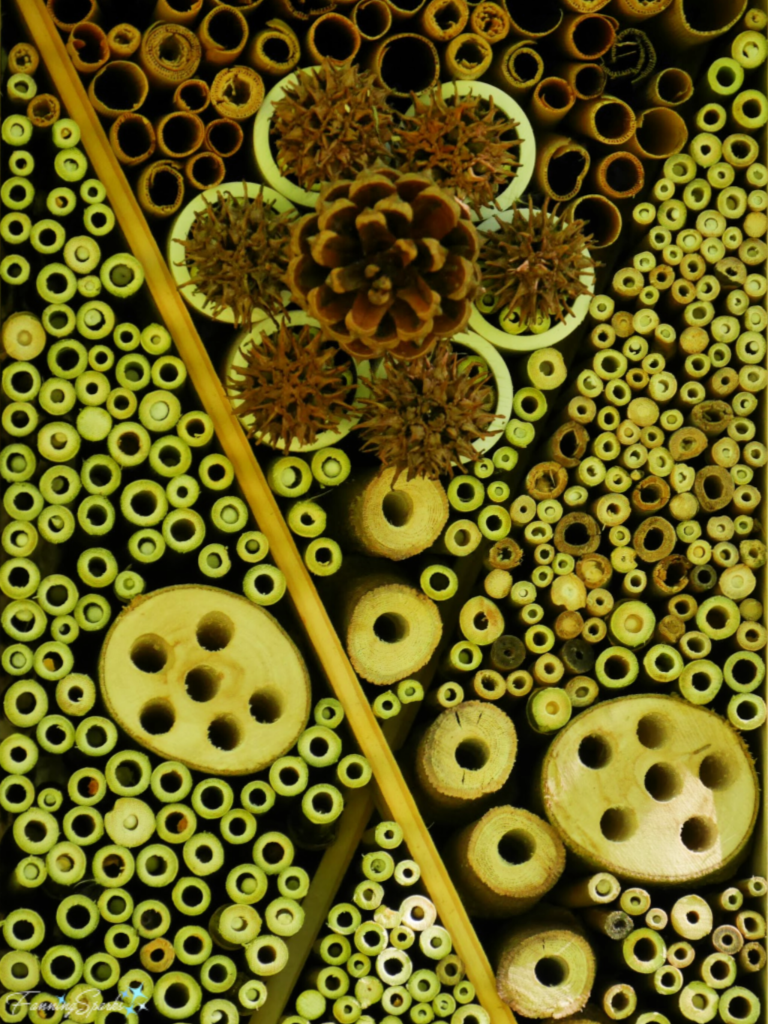
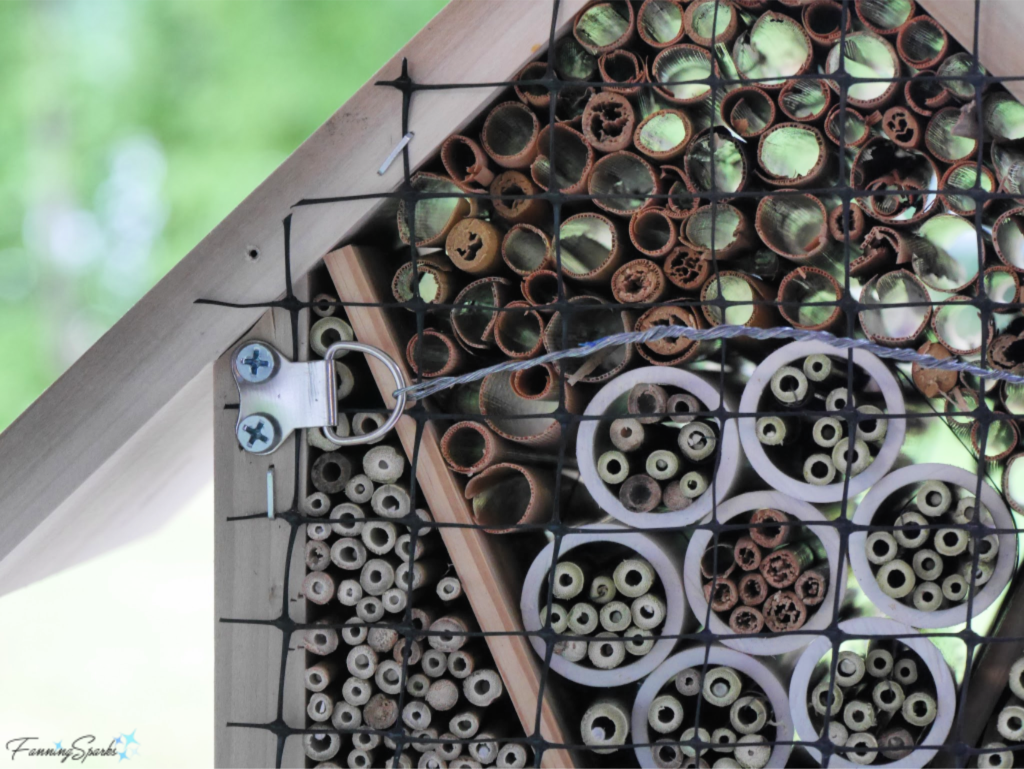 I deliberately didn’t paint or finish the wood to avoid exposing the bees to harsh materials. Plus I prefer to let it weather naturally. When it comes time to clean the bee house—it’s recommended to do so annually—you can replace the old tubes and reeds with fresh ones. The Xerces Society provides clear instructions on proper nest maintenance (see More Info below).
I deliberately didn’t paint or finish the wood to avoid exposing the bees to harsh materials. Plus I prefer to let it weather naturally. When it comes time to clean the bee house—it’s recommended to do so annually—you can replace the old tubes and reeds with fresh ones. The Xerces Society provides clear instructions on proper nest maintenance (see More Info below).